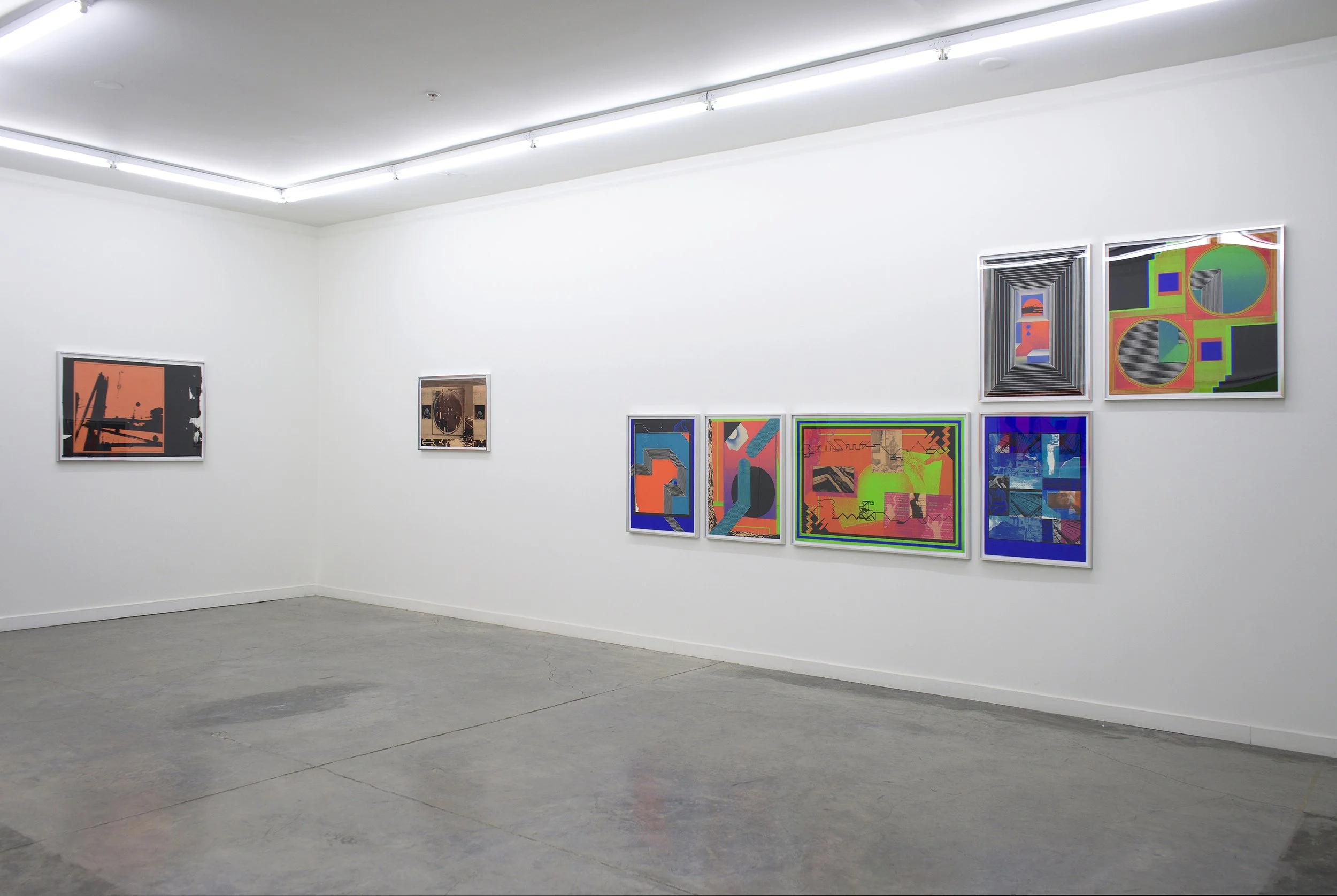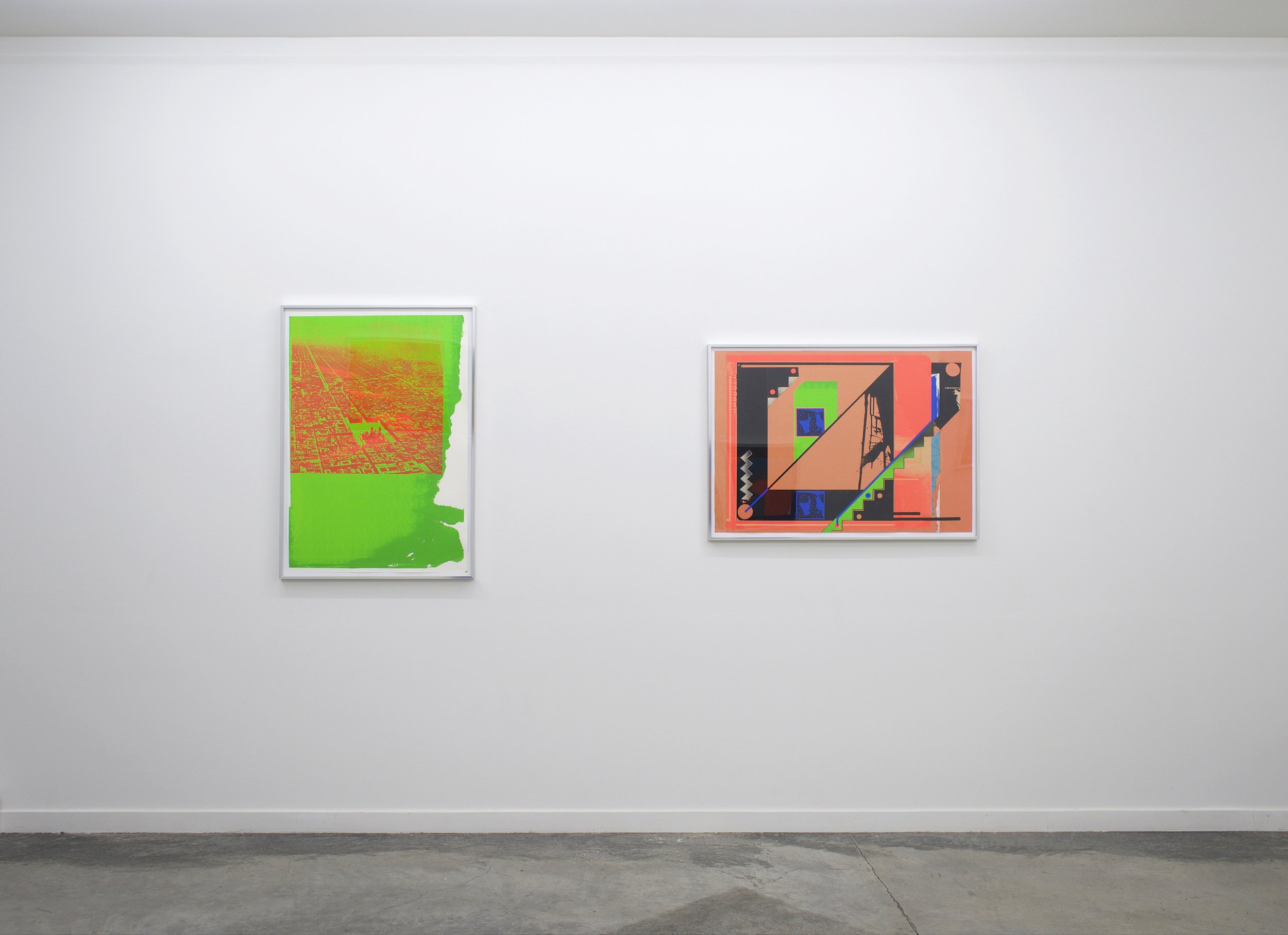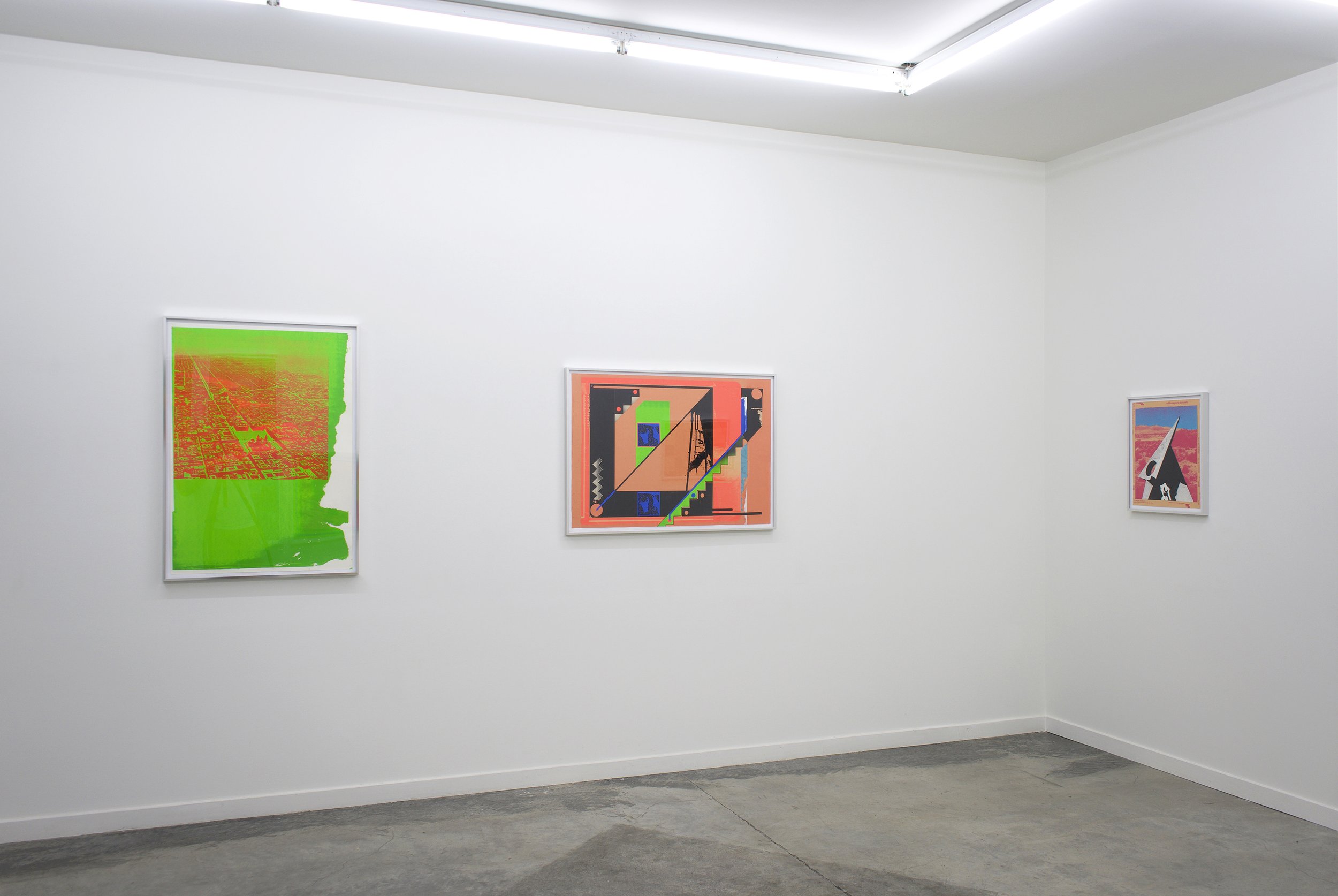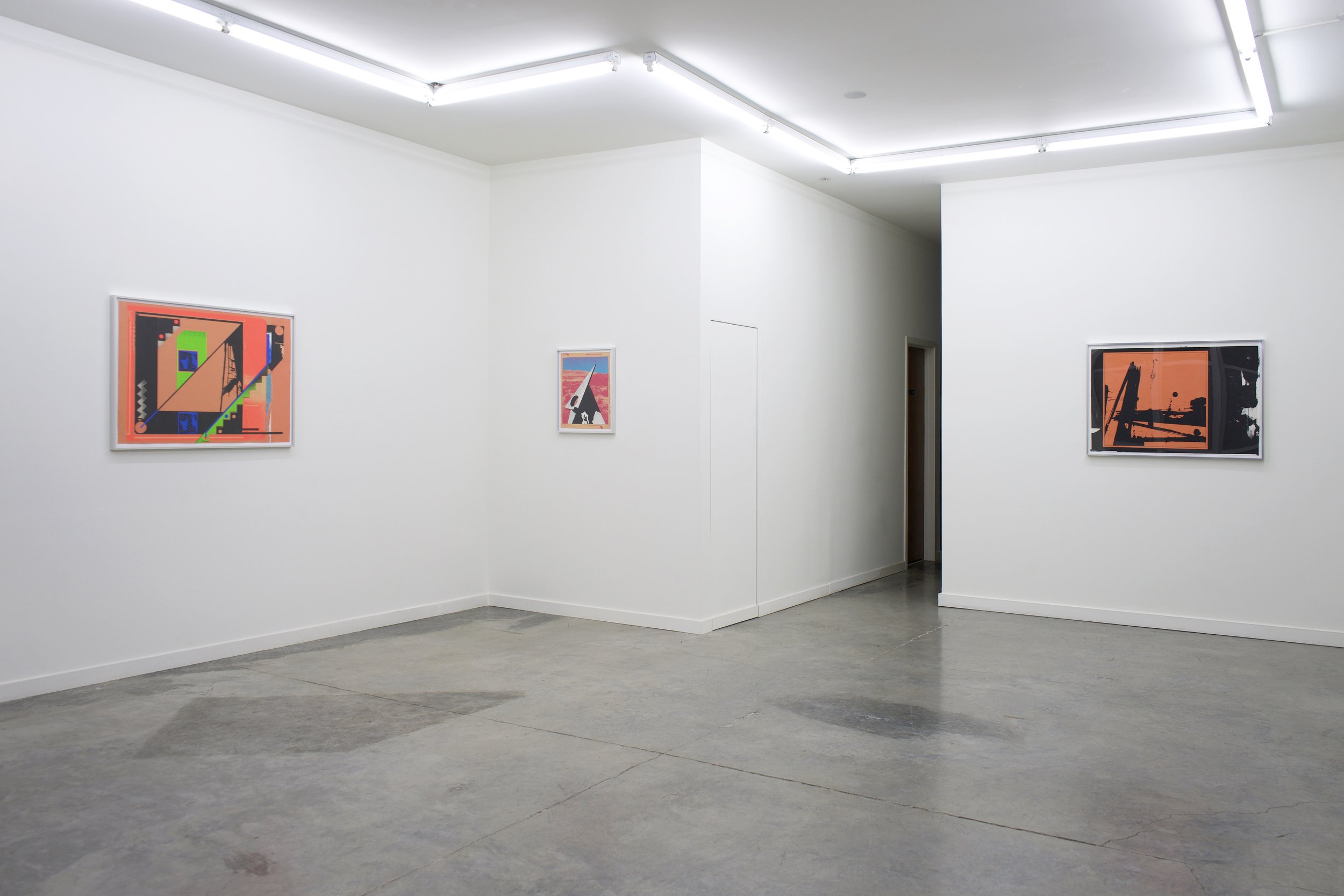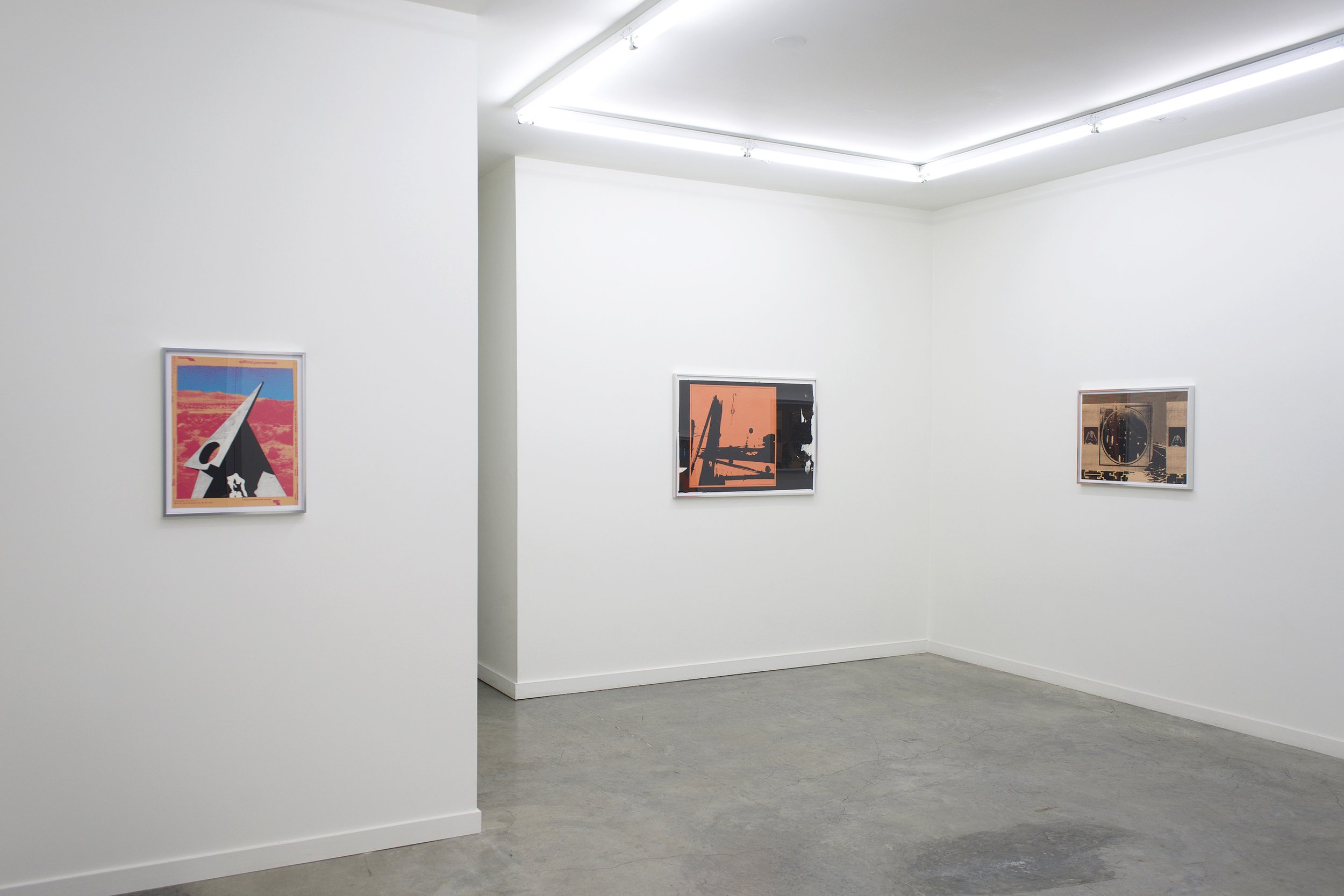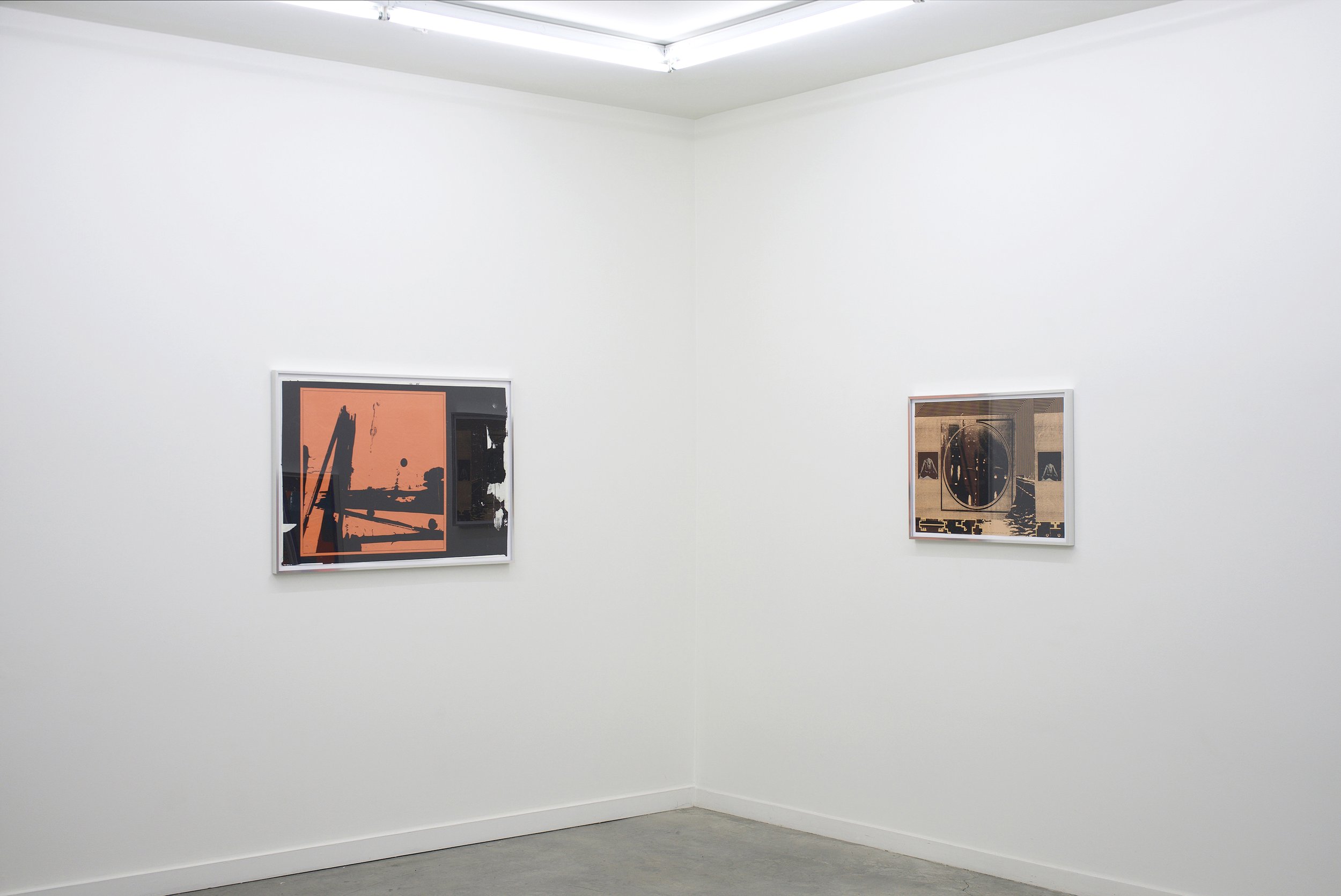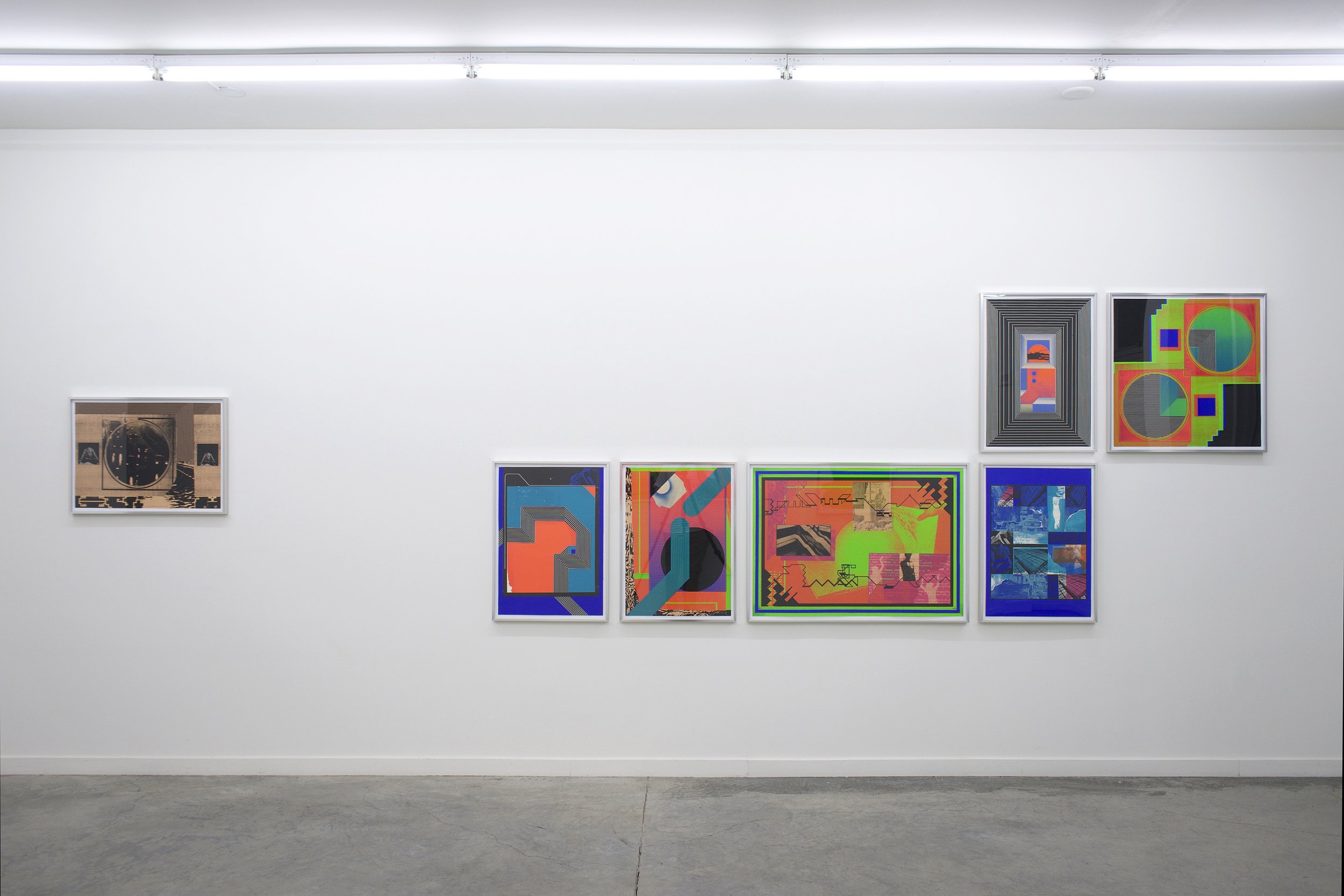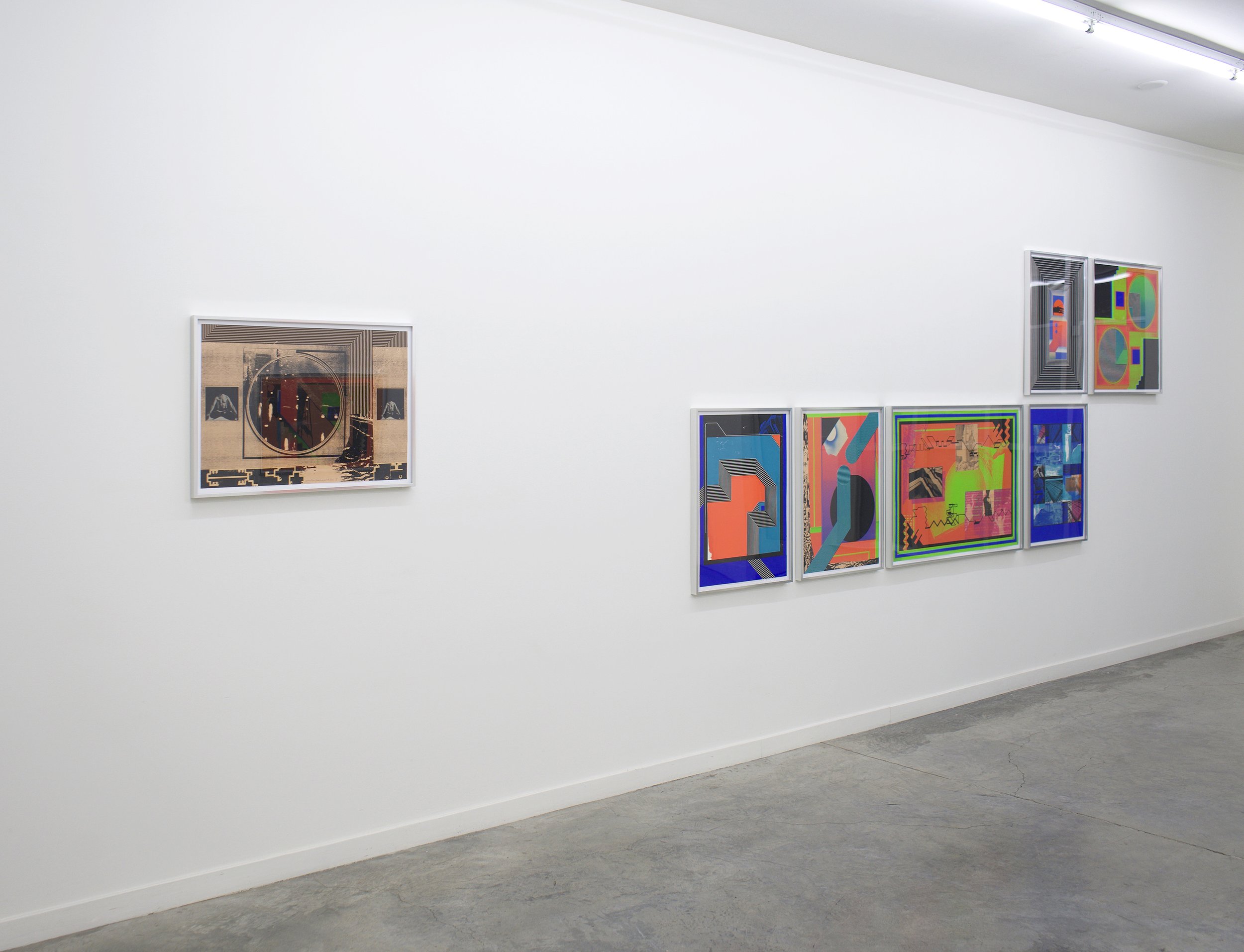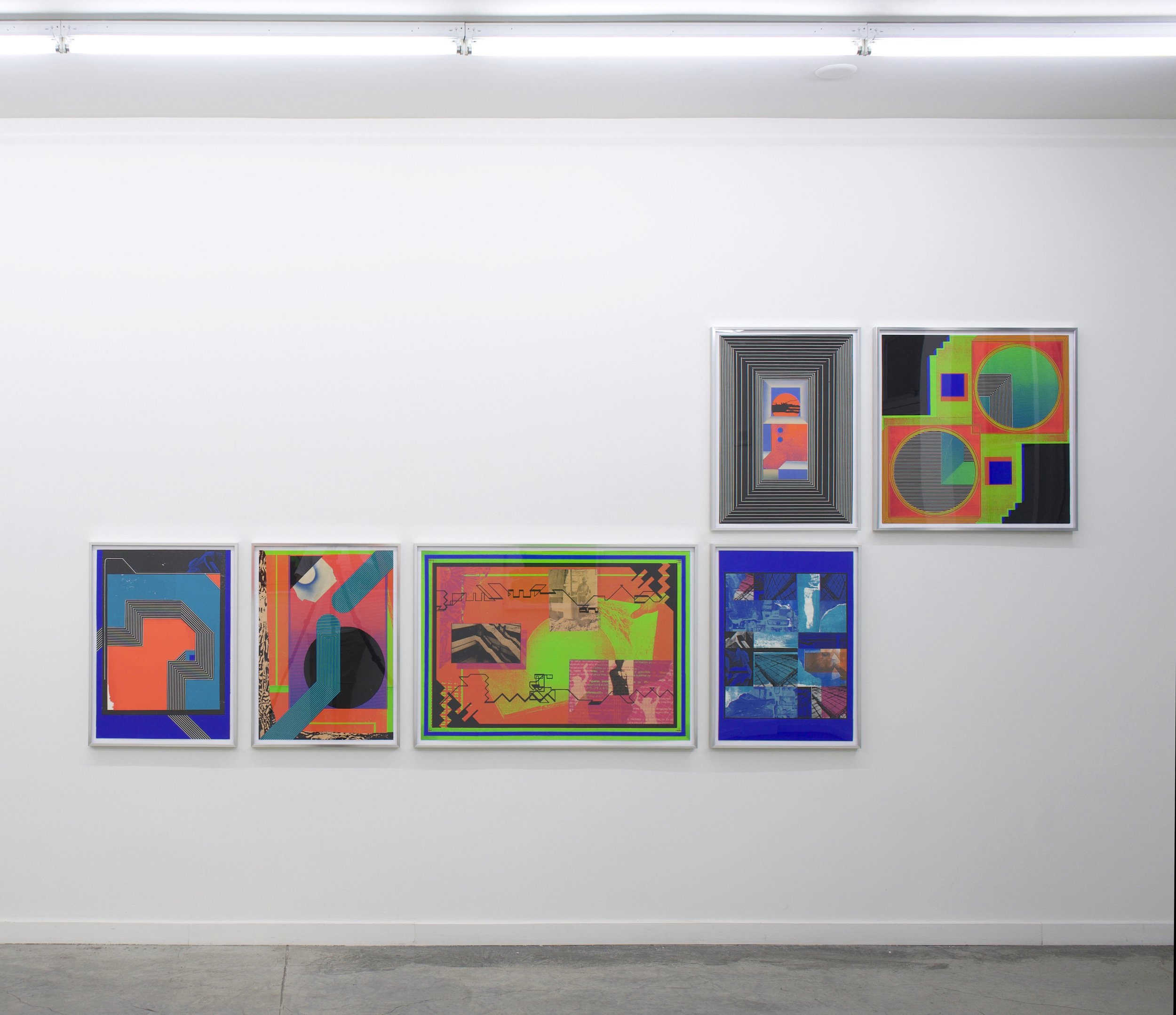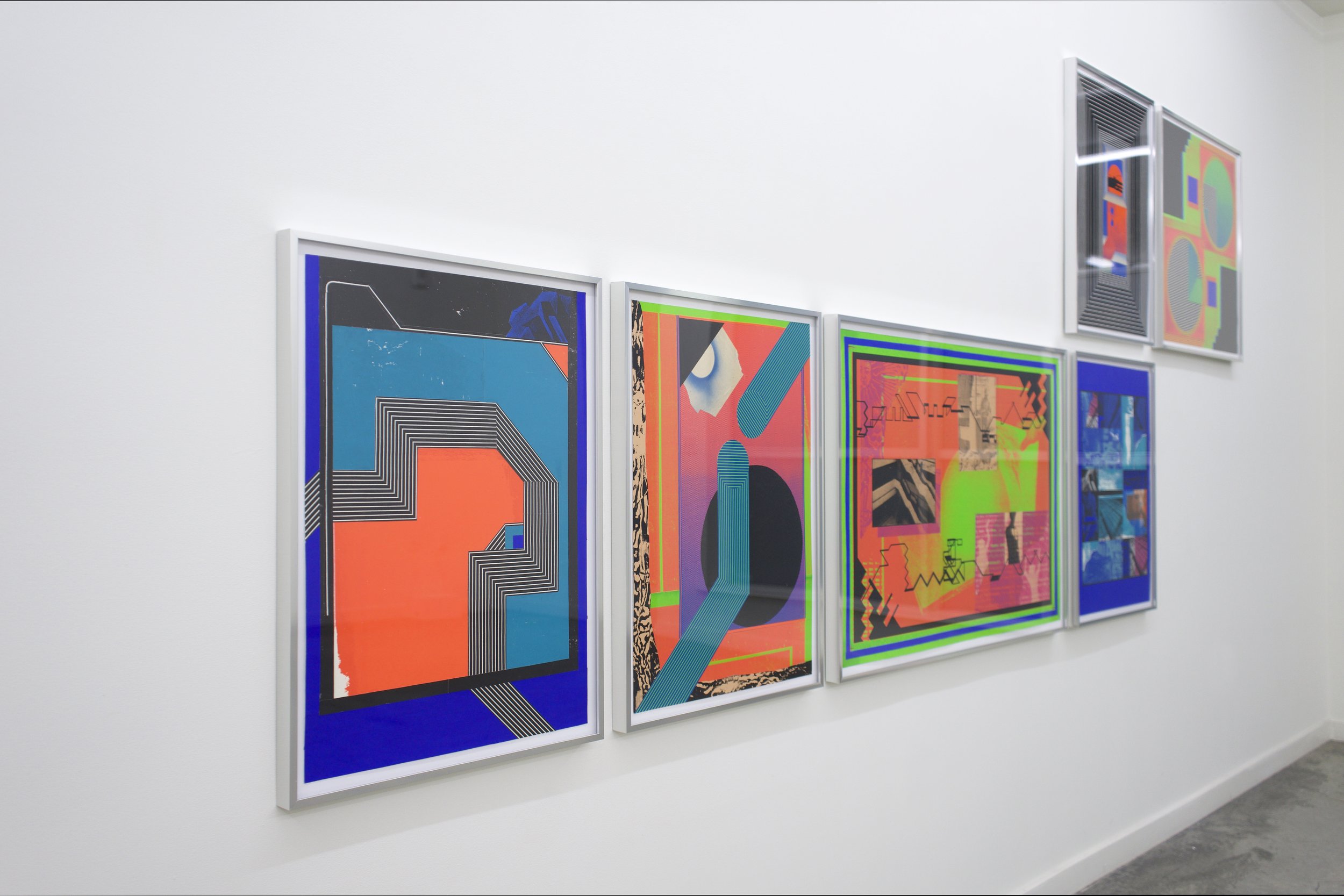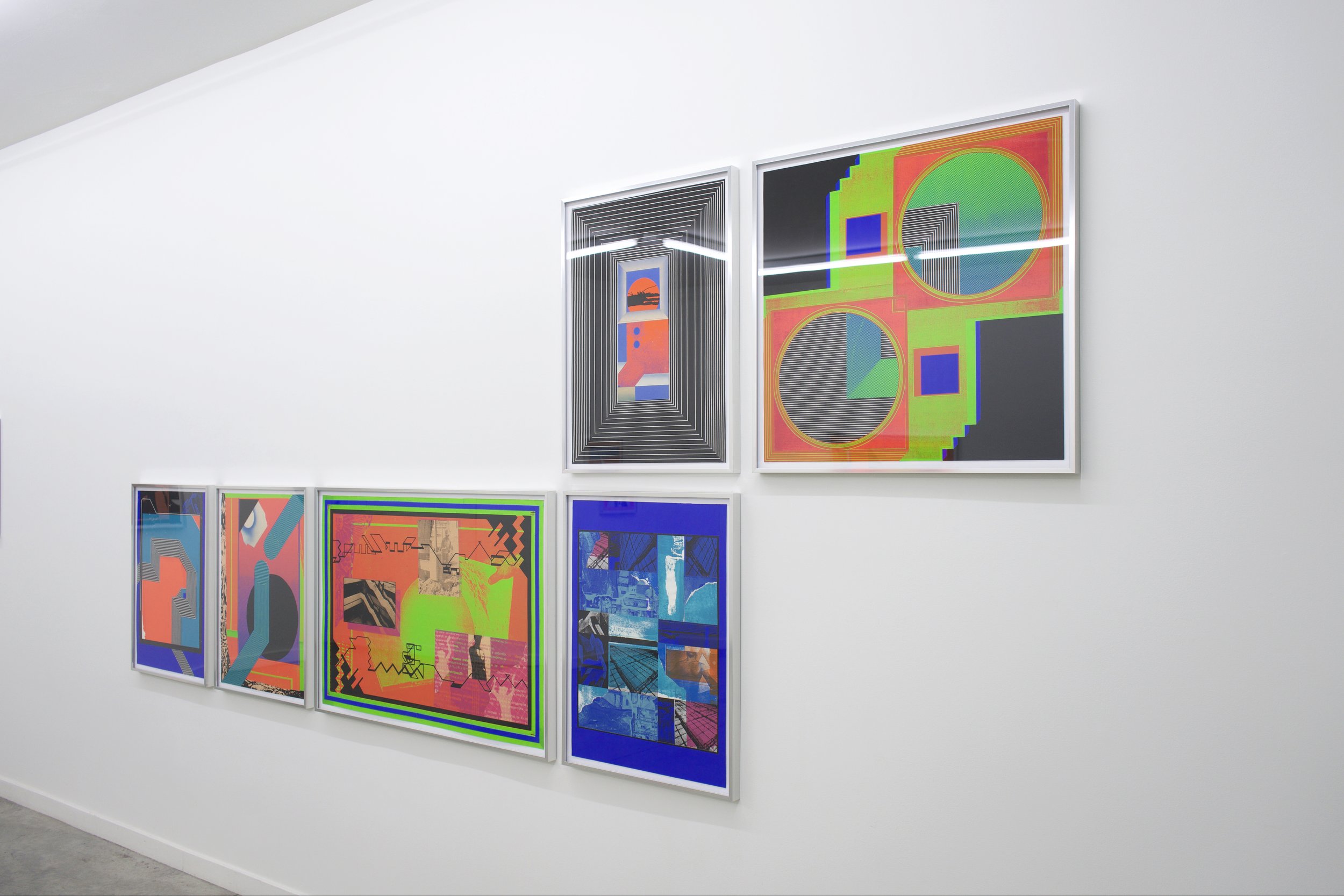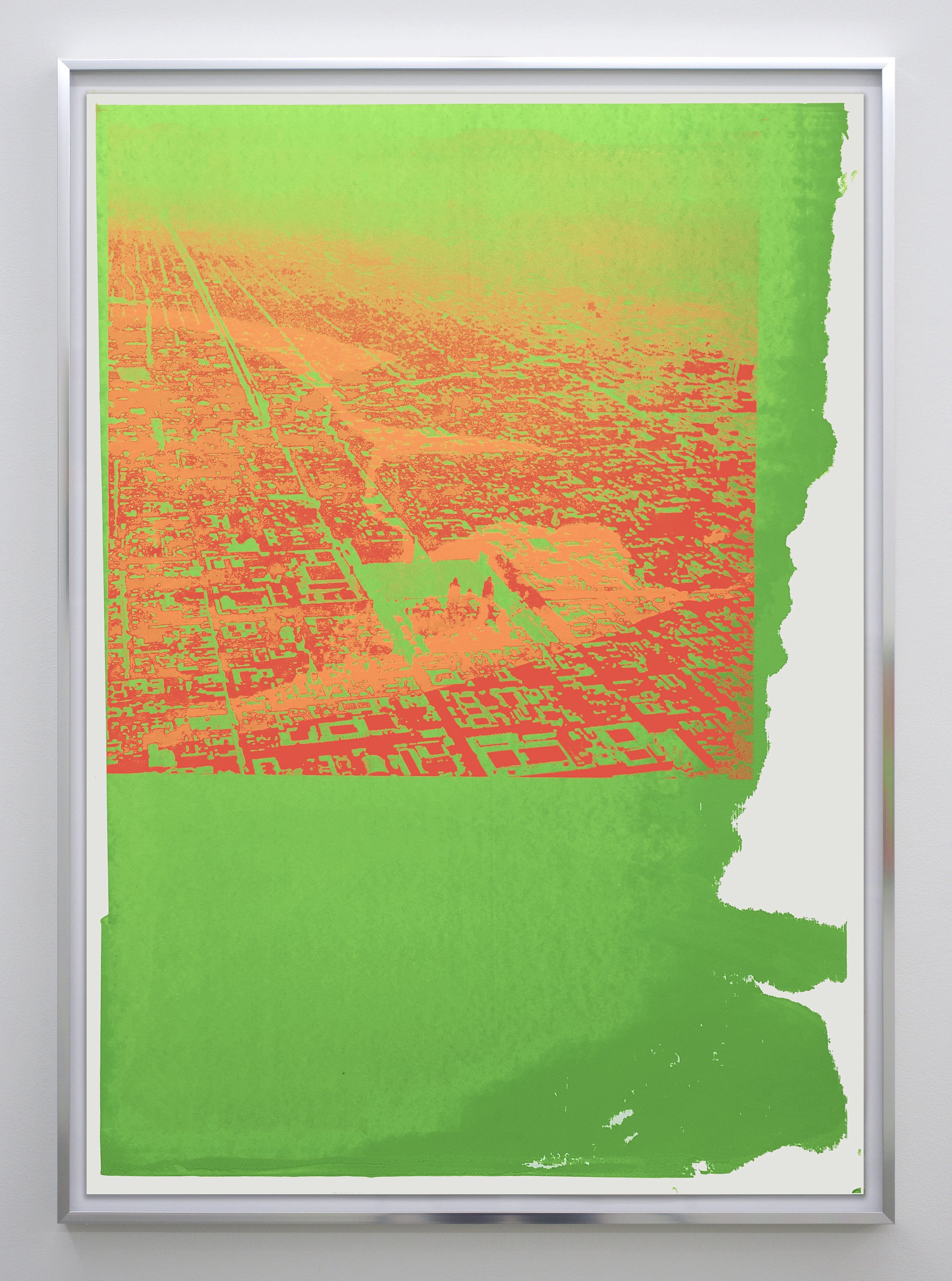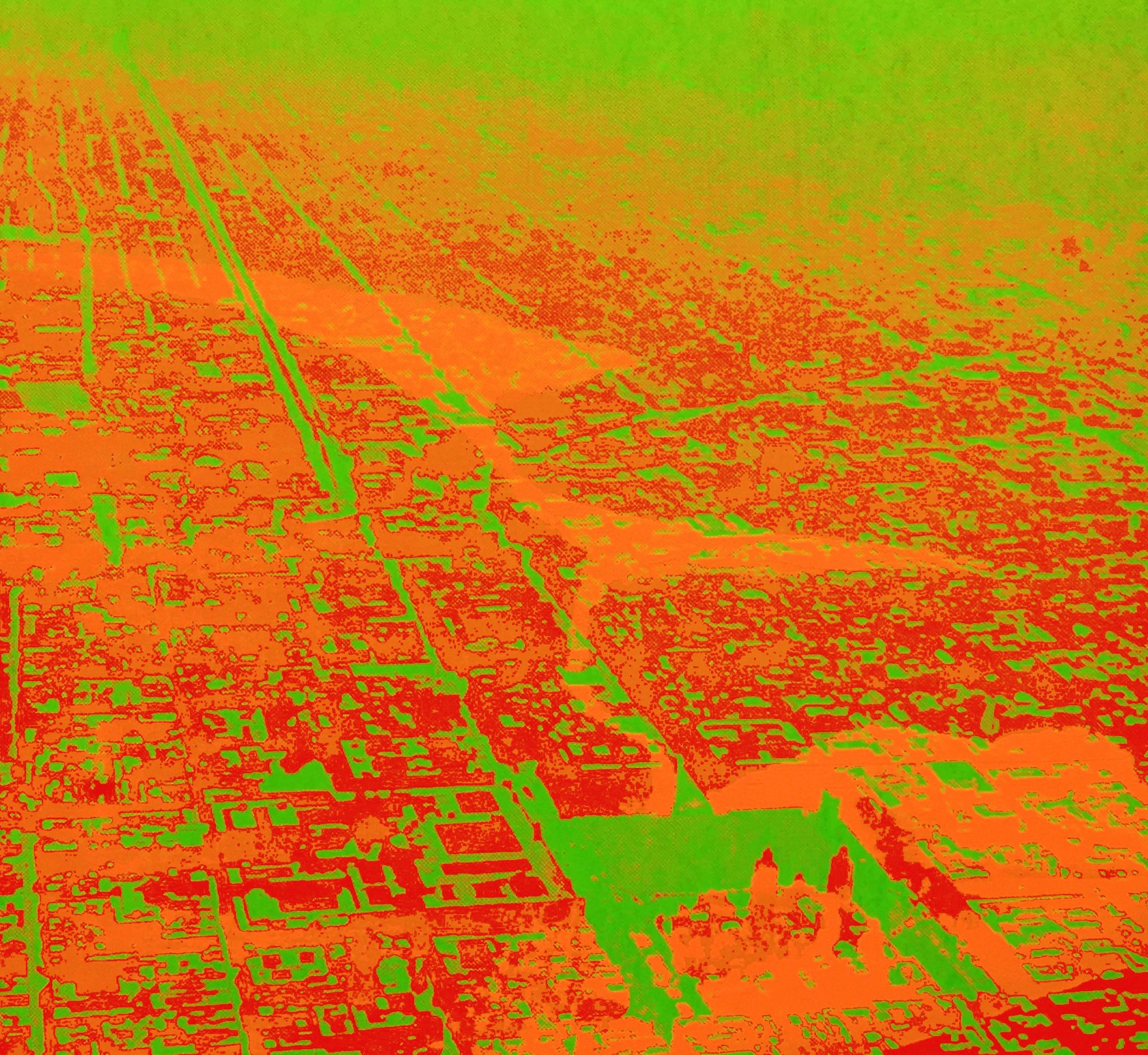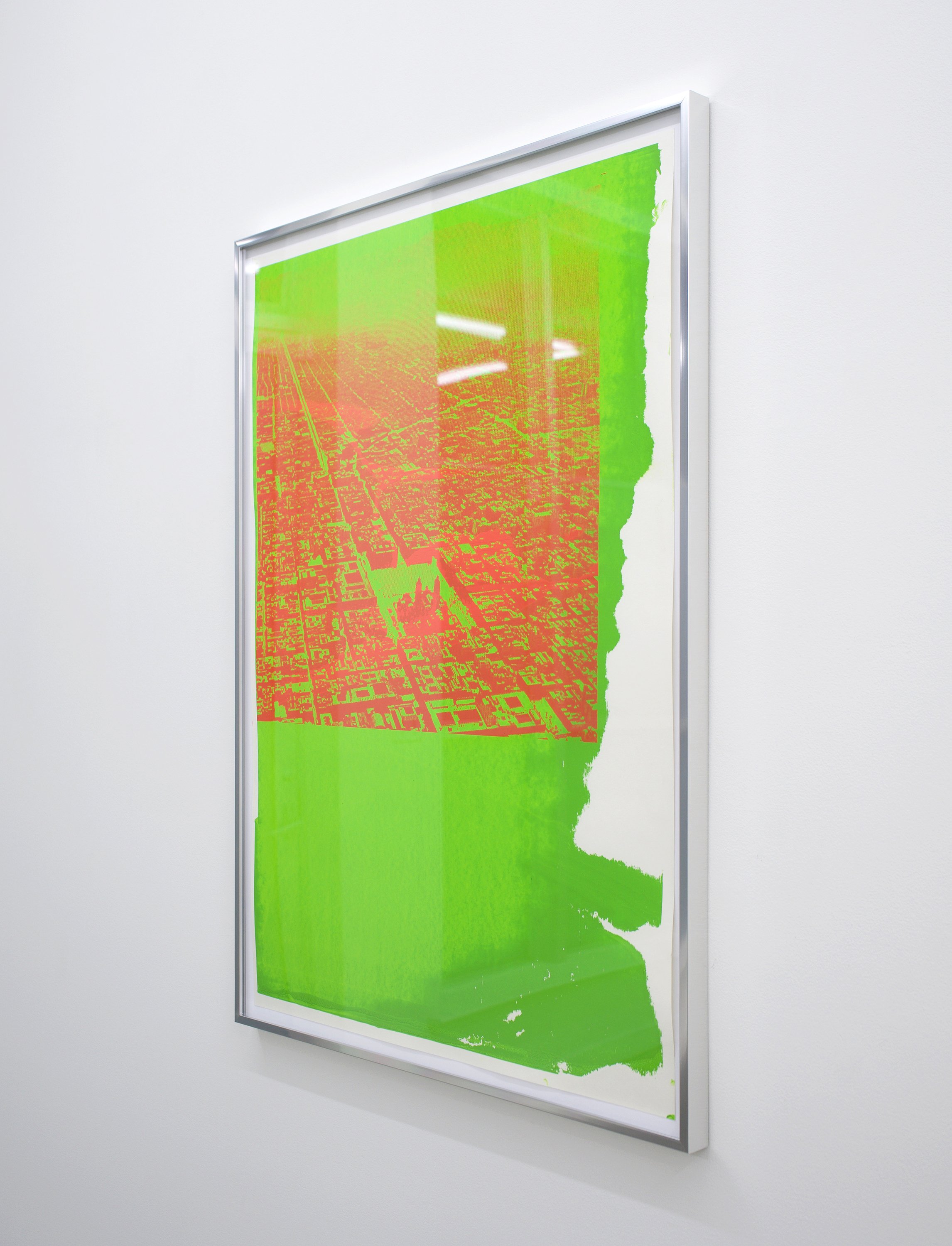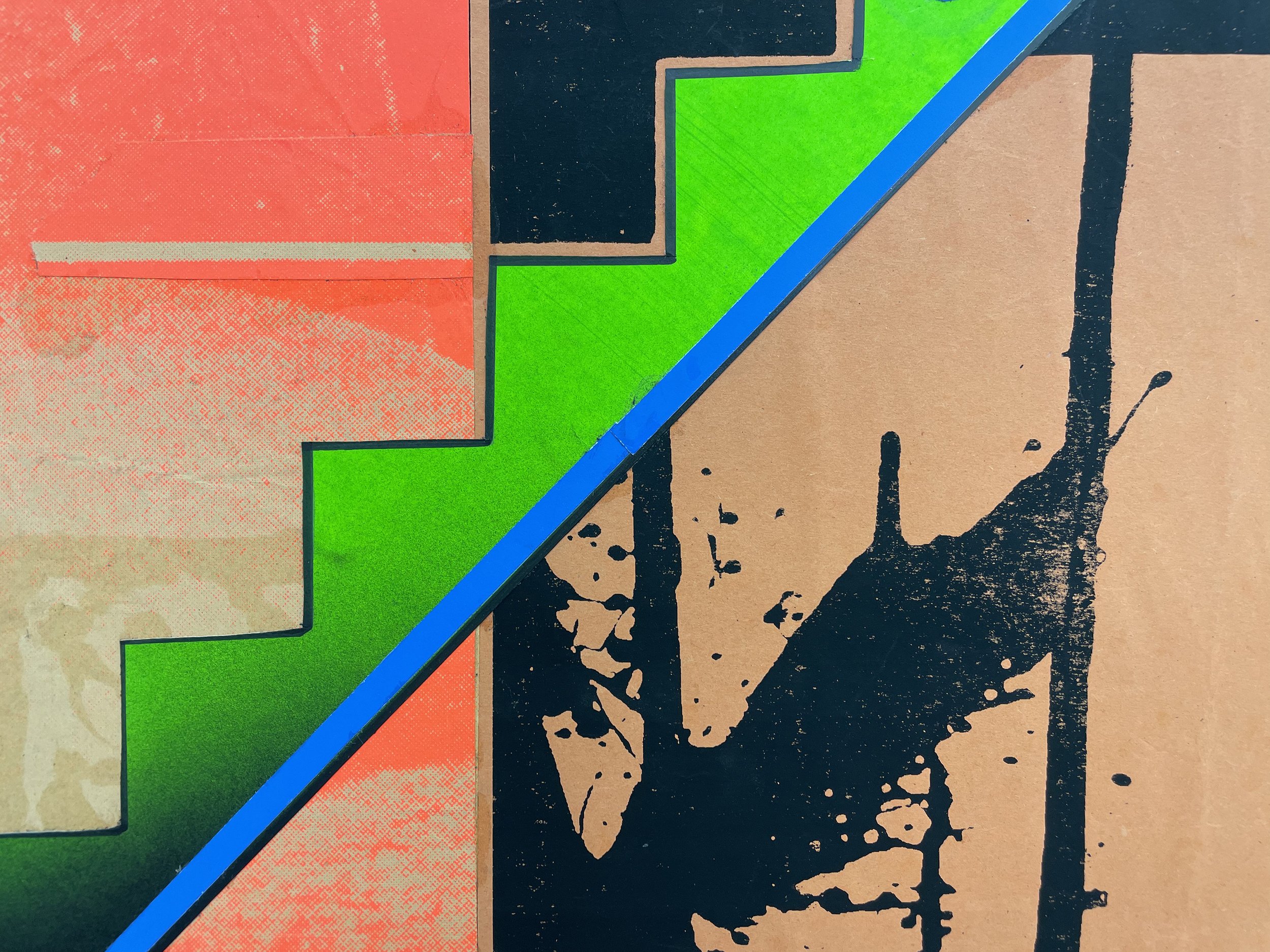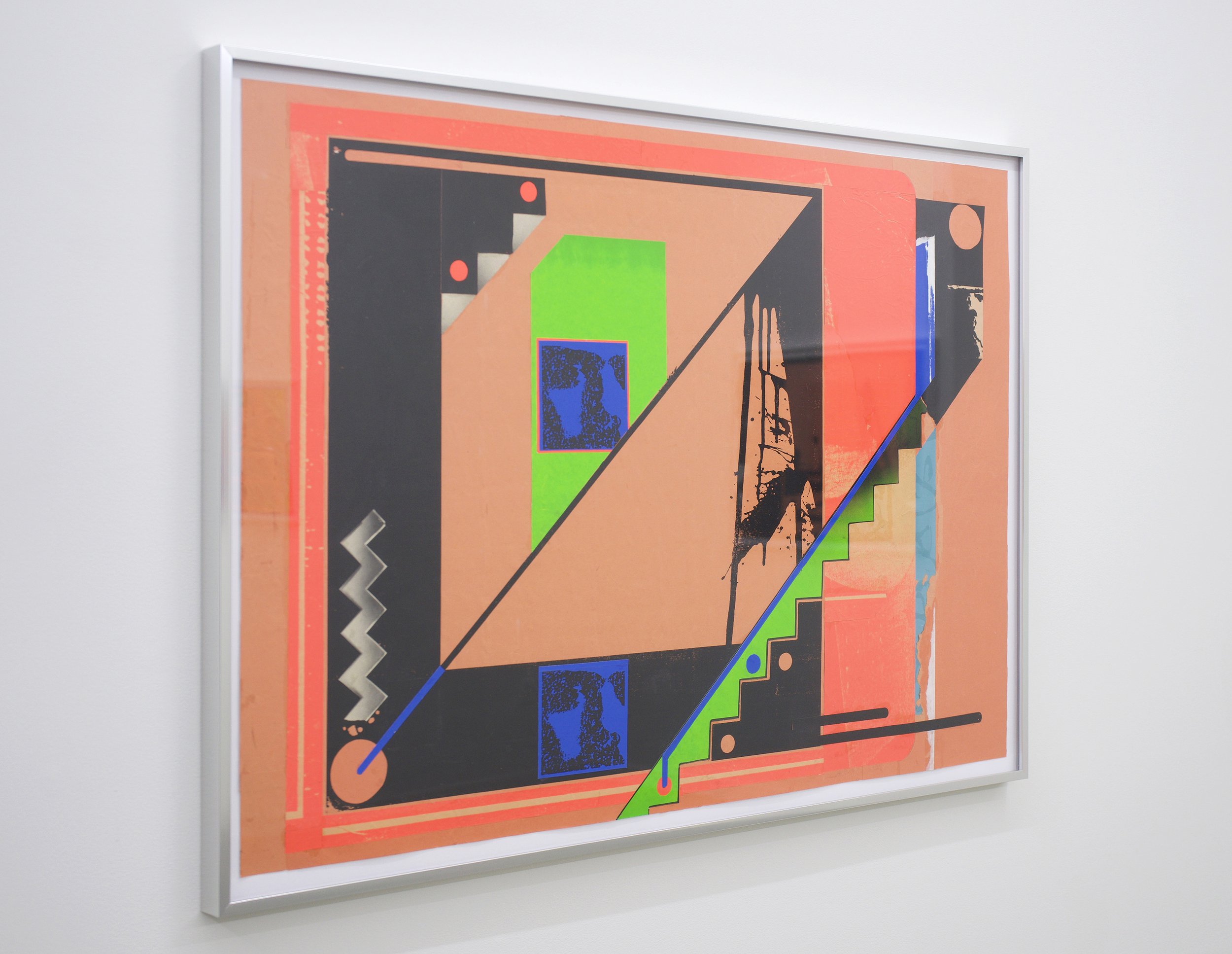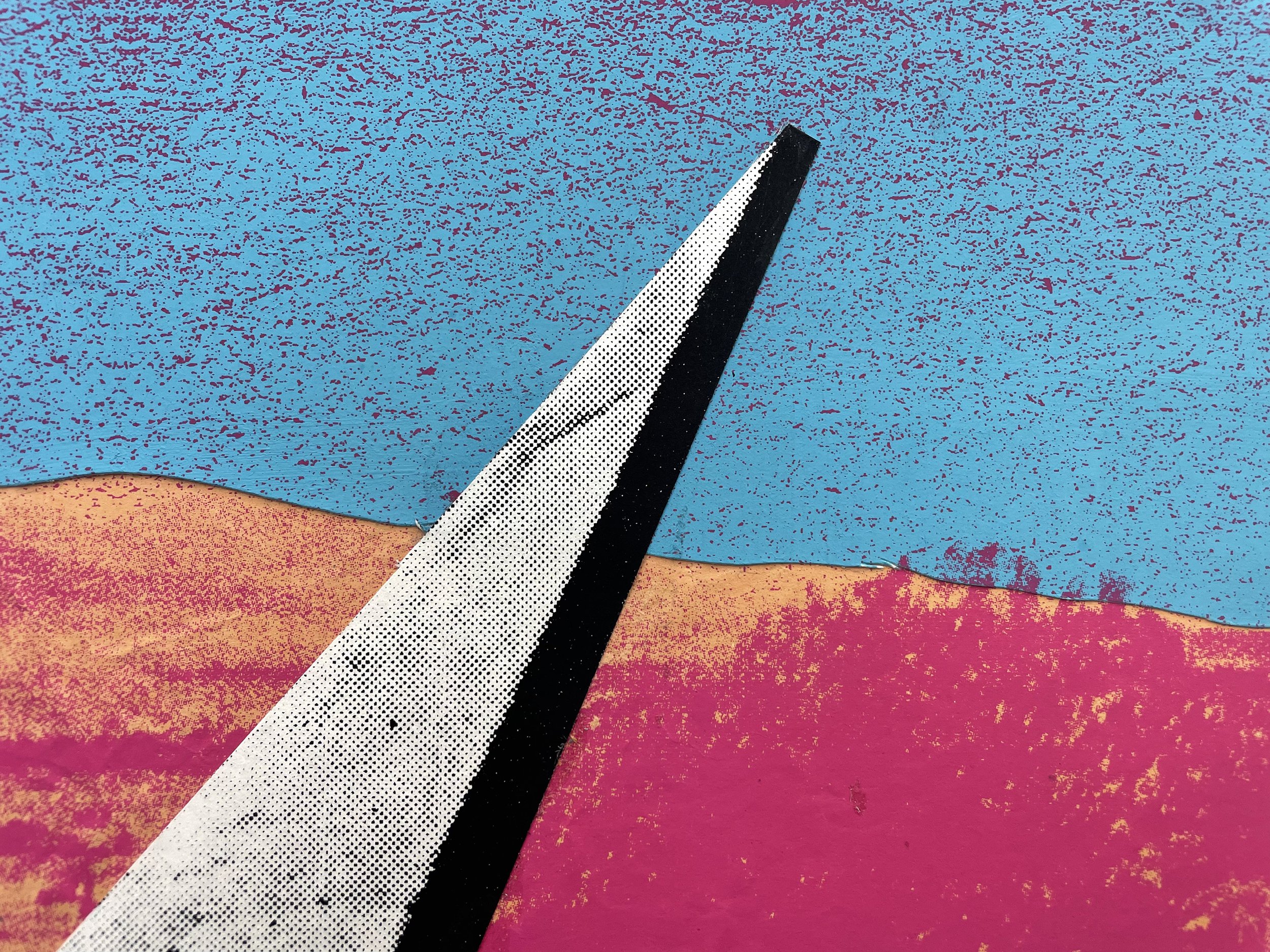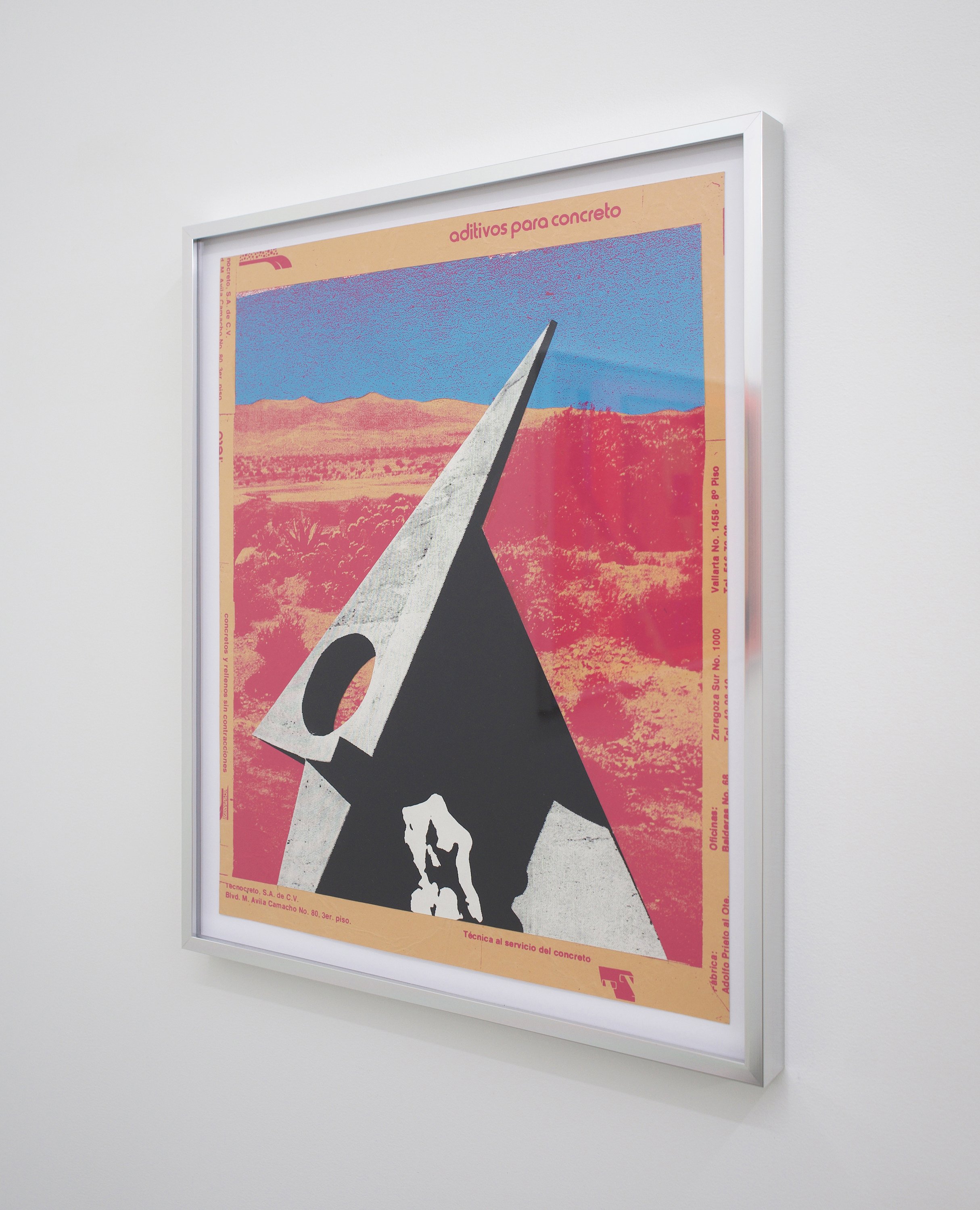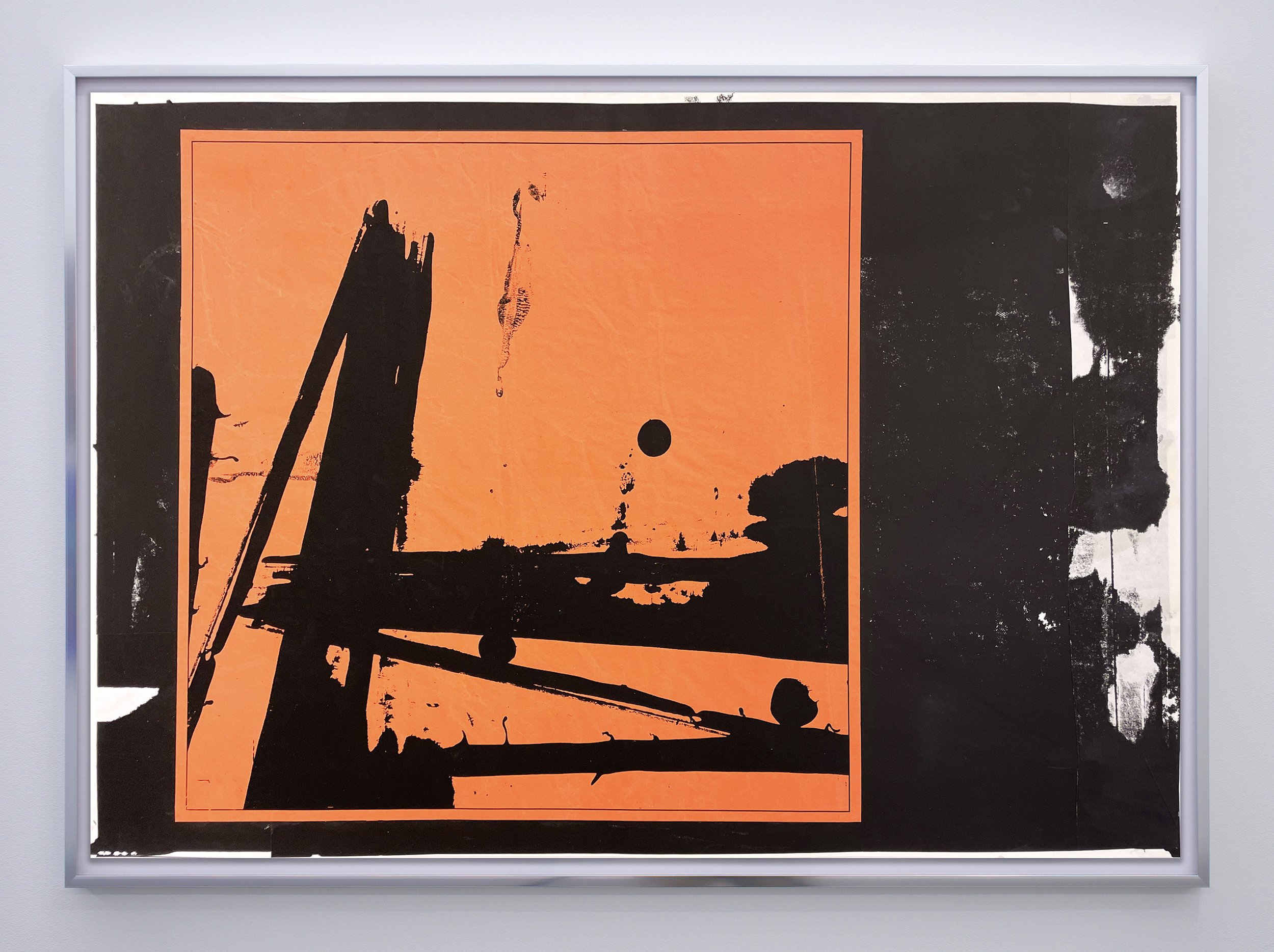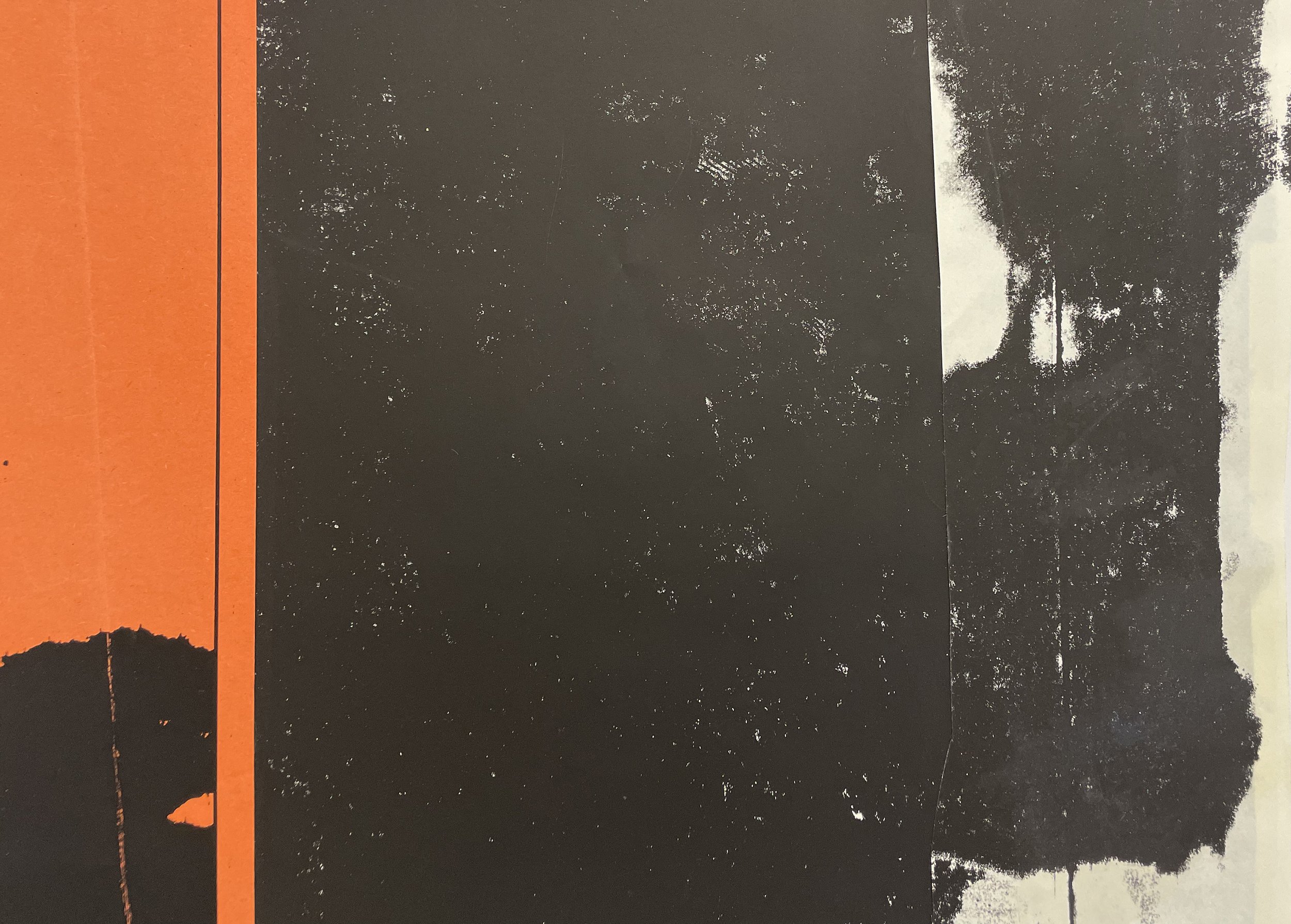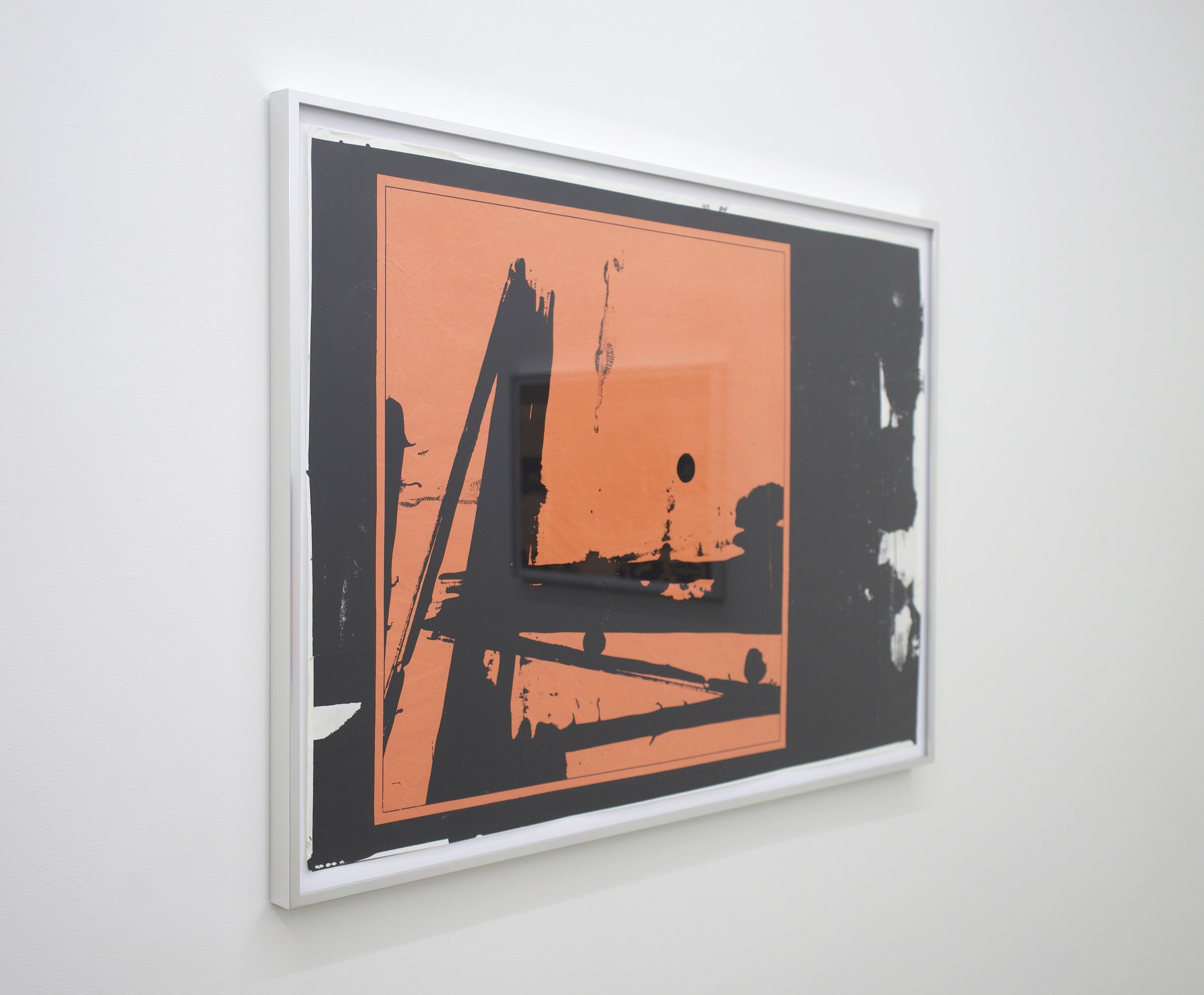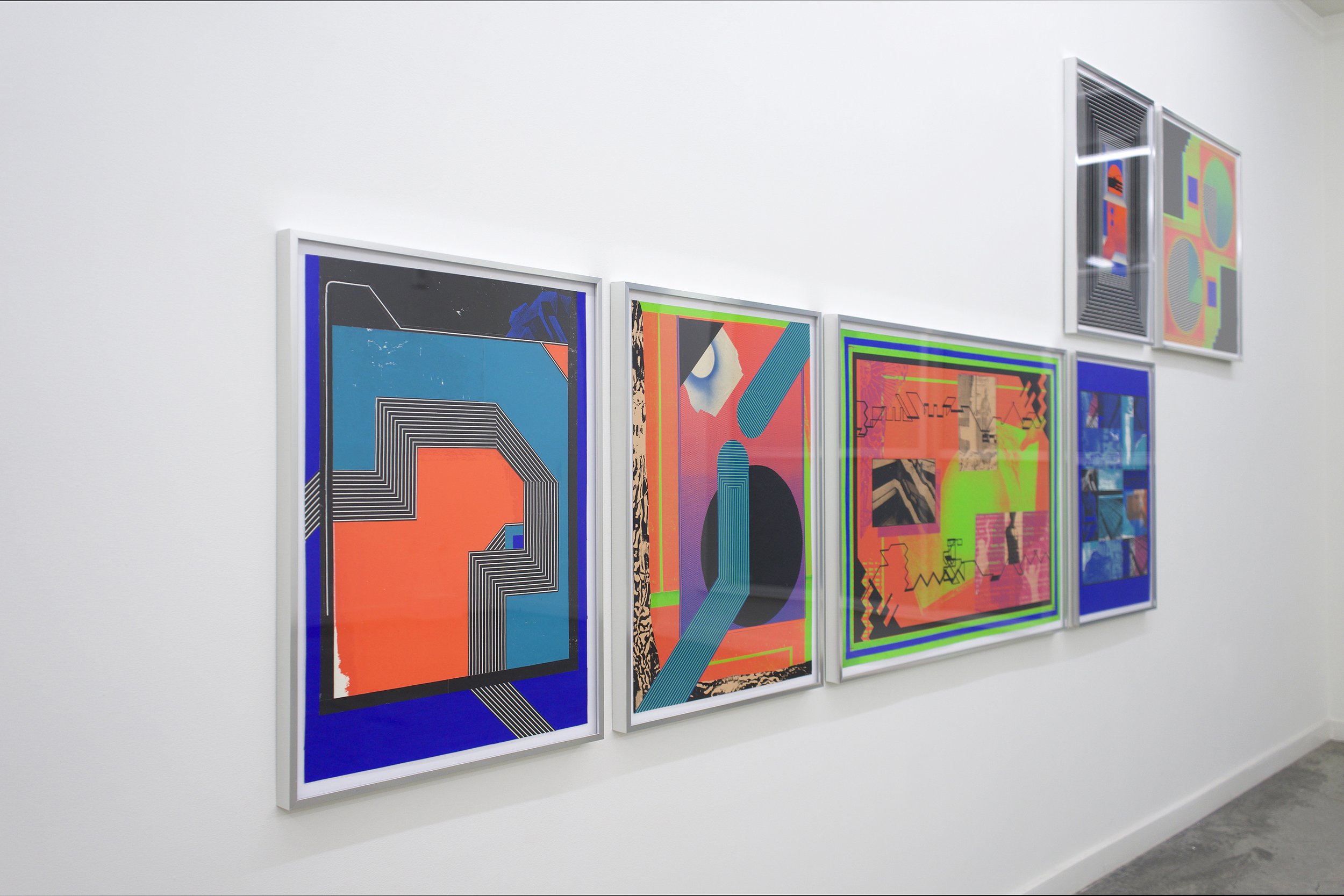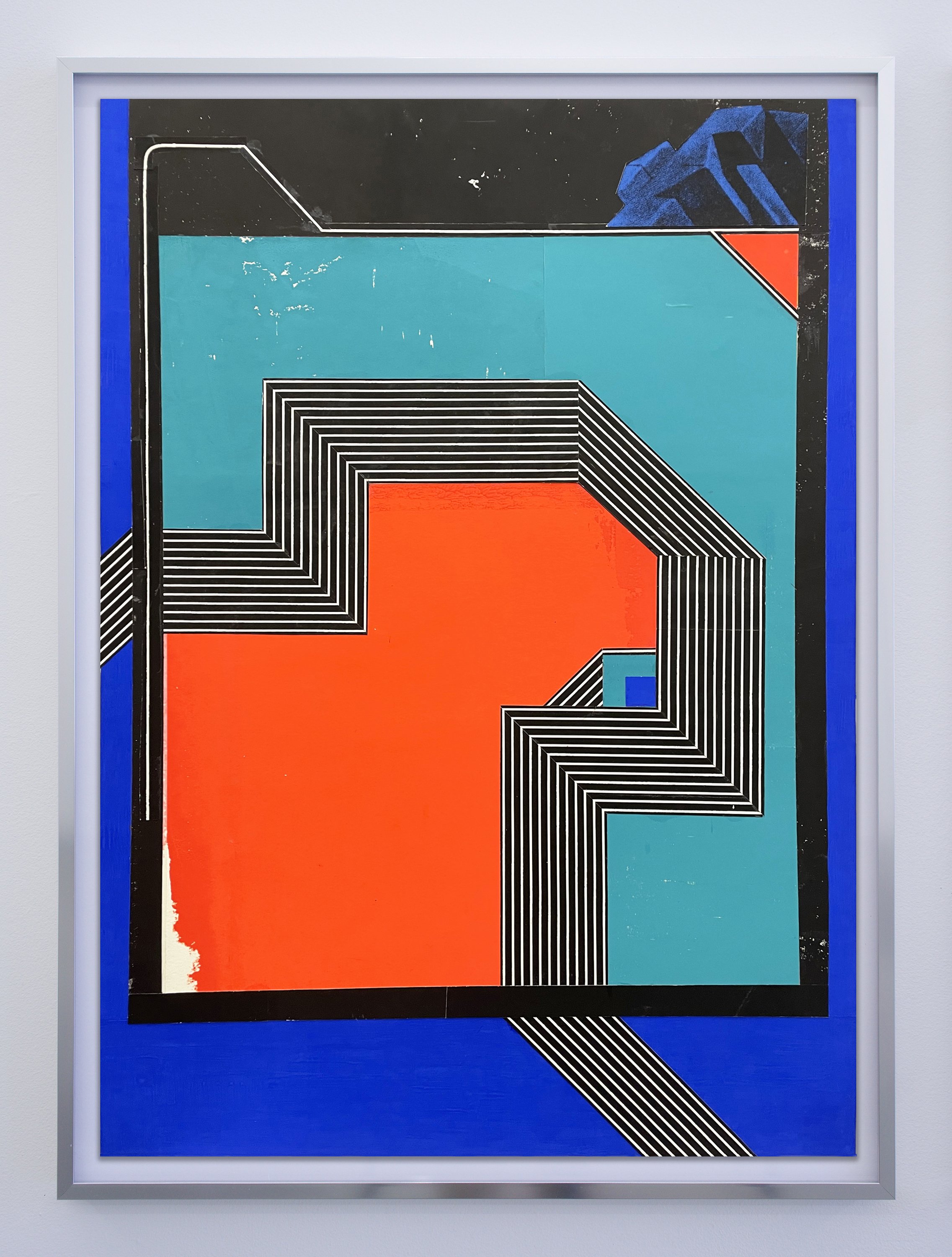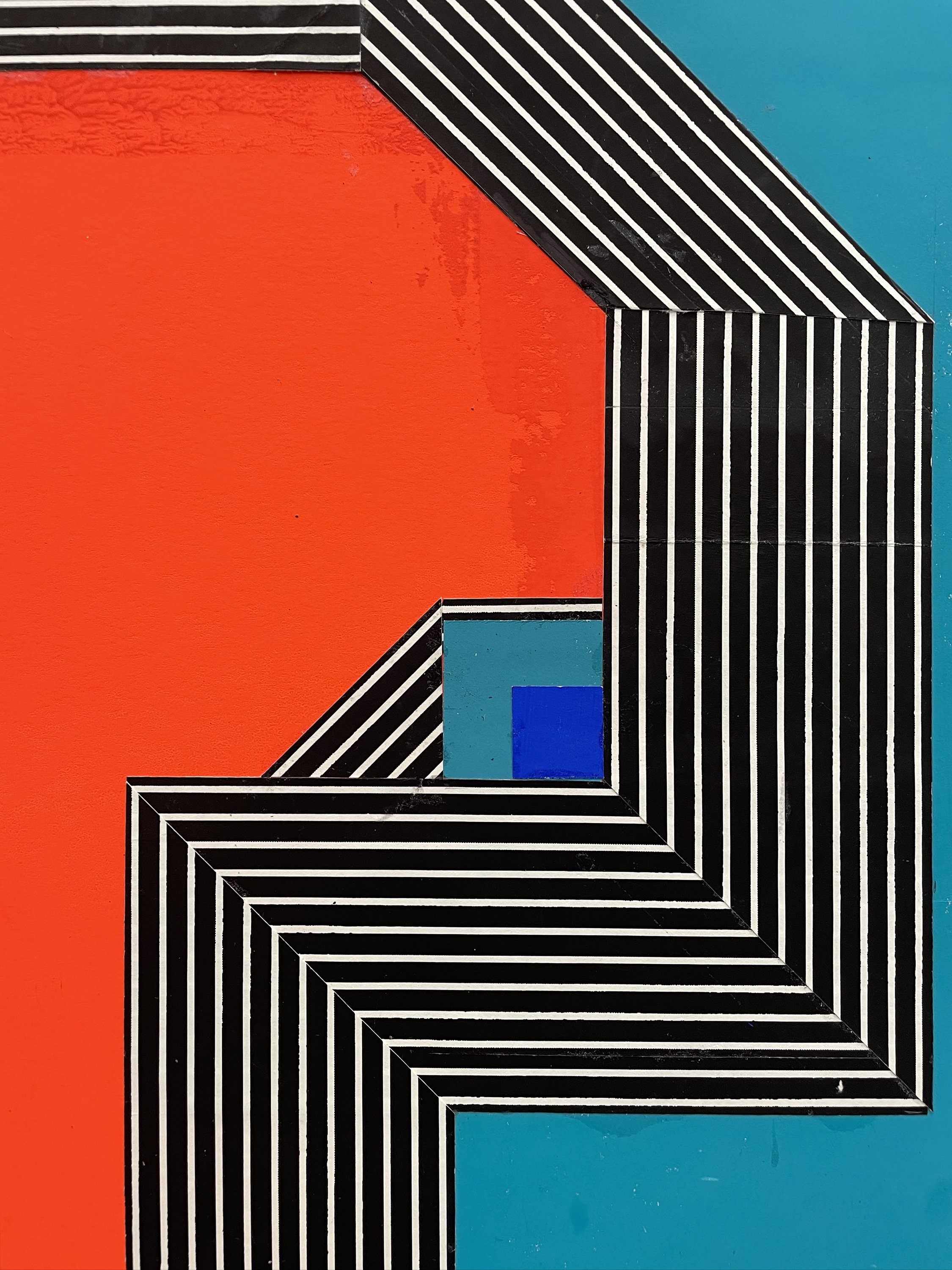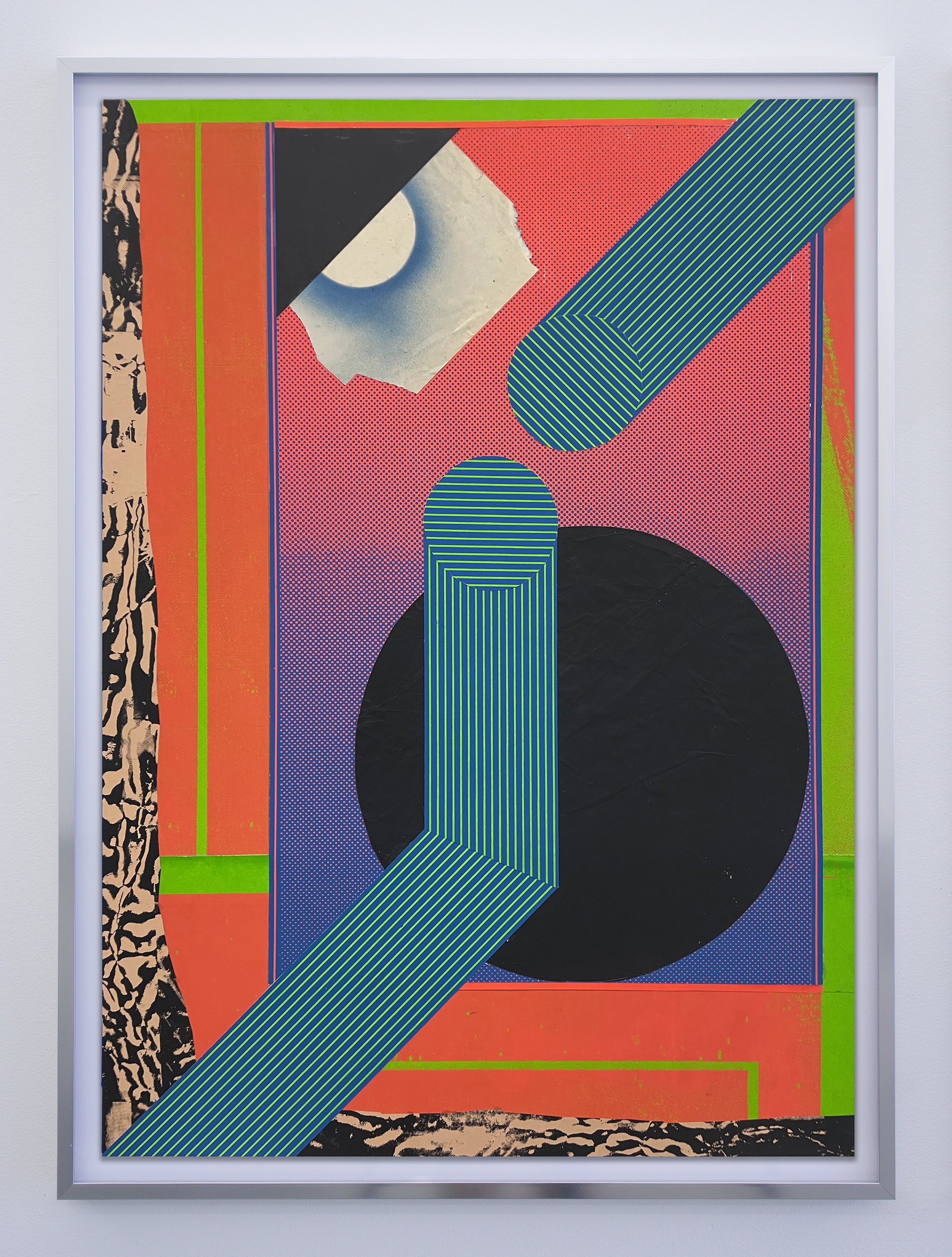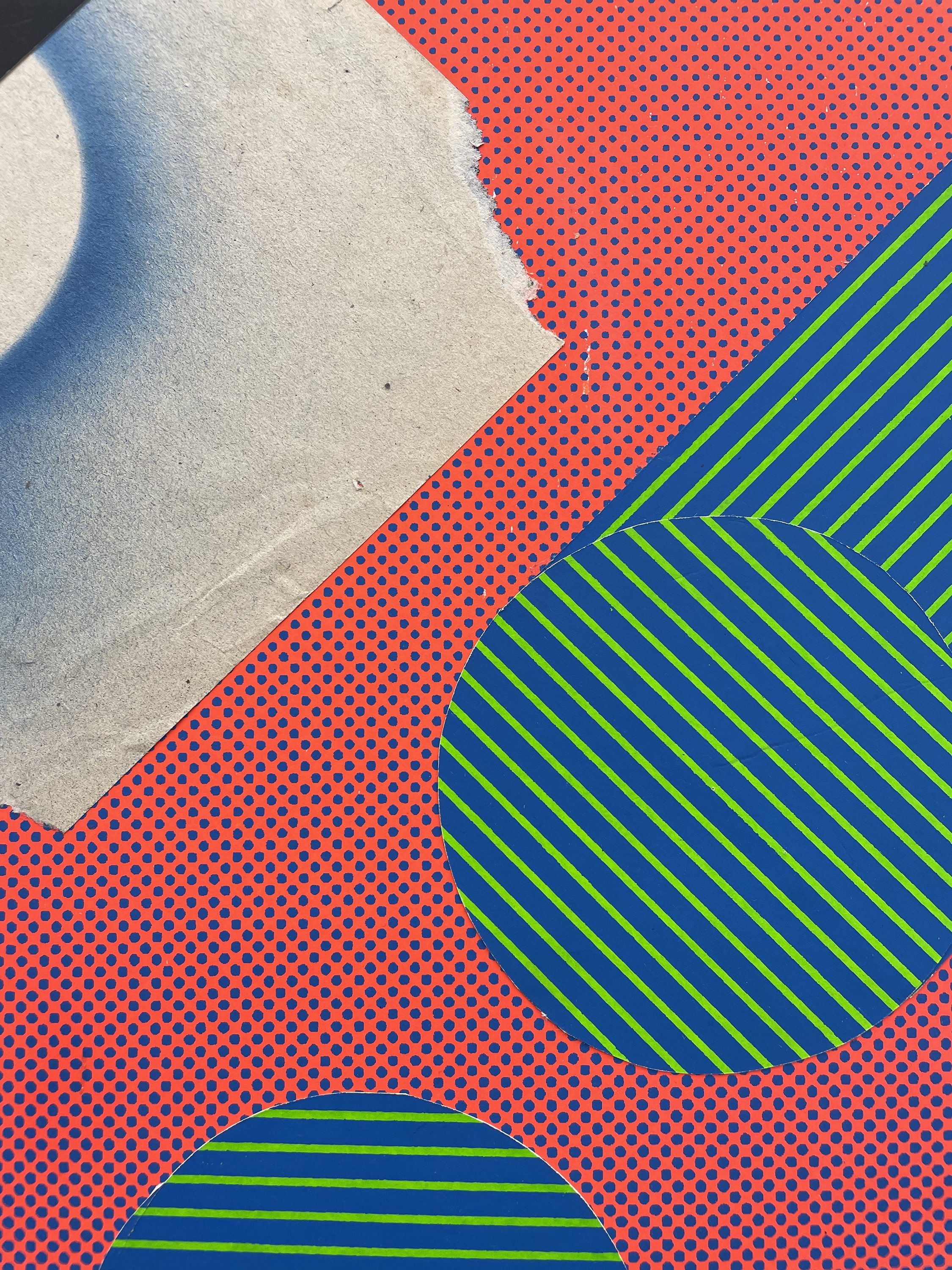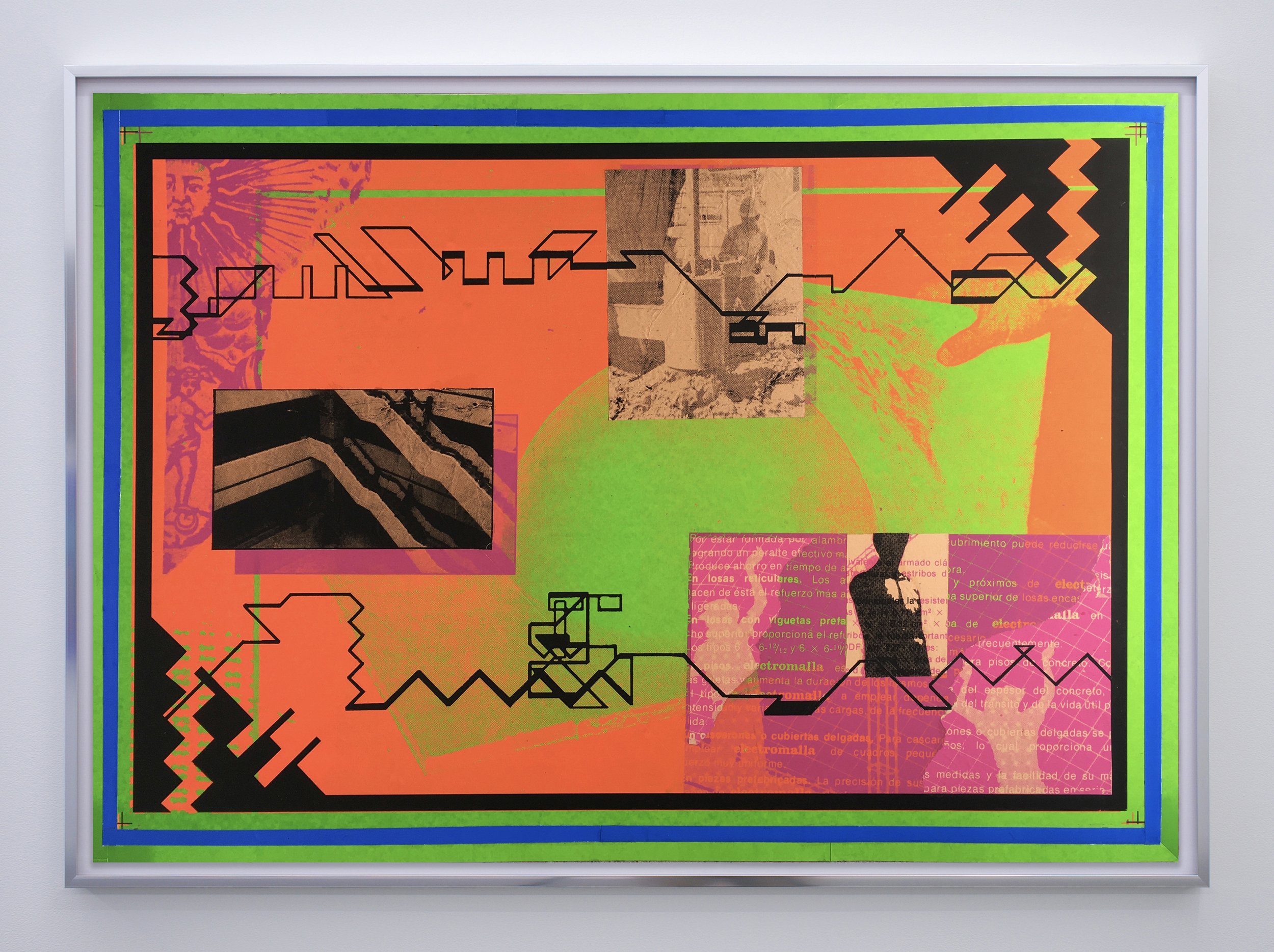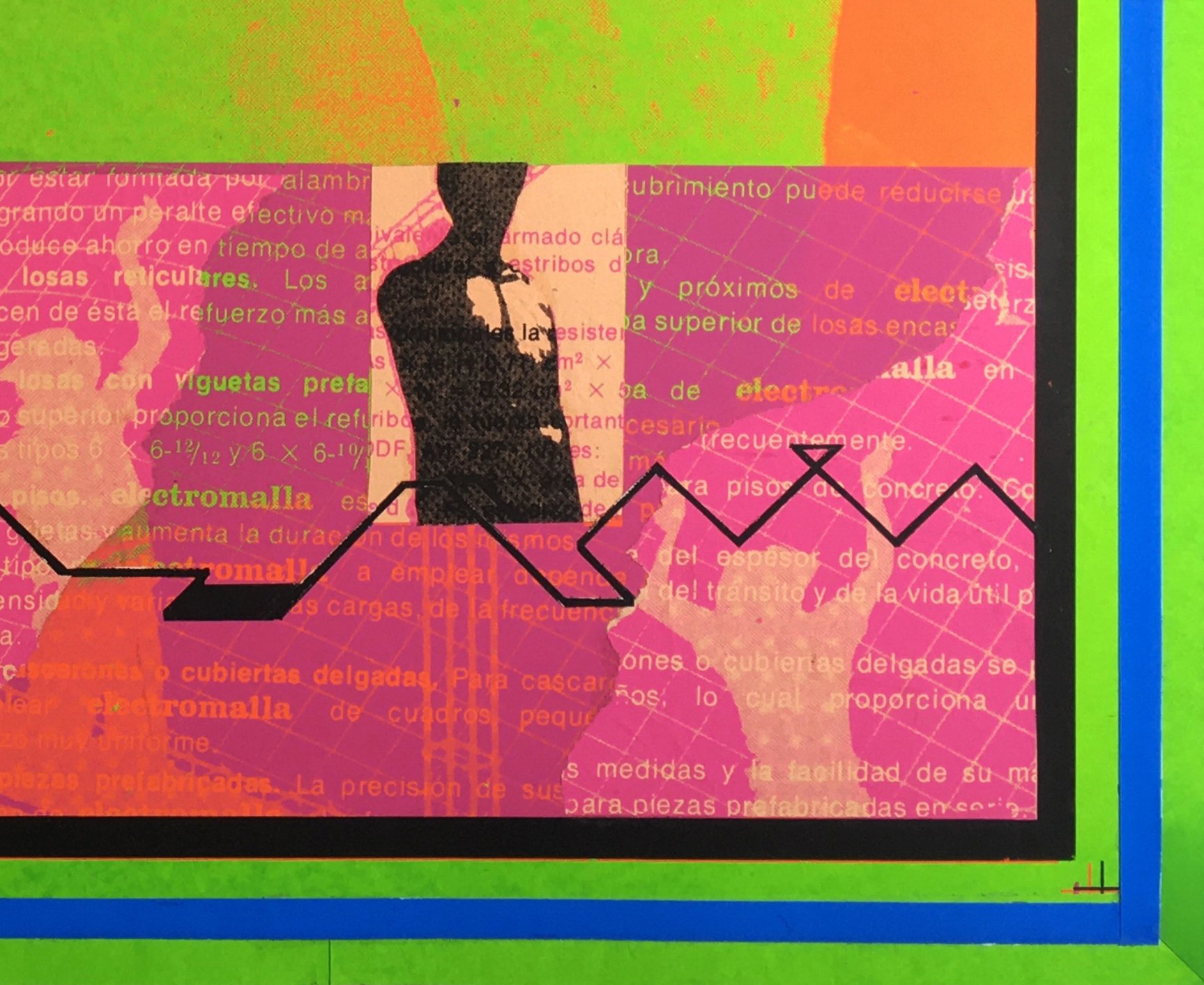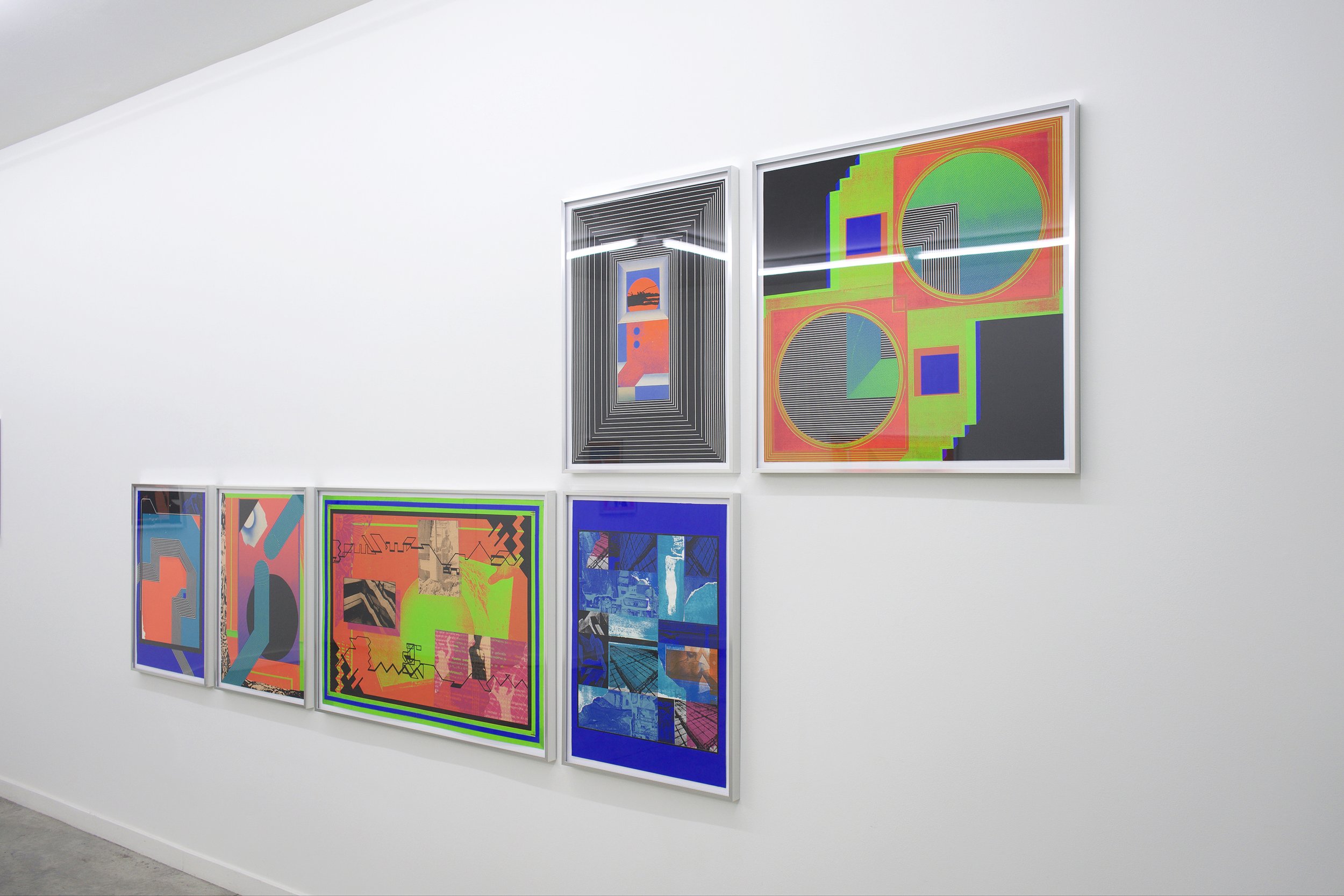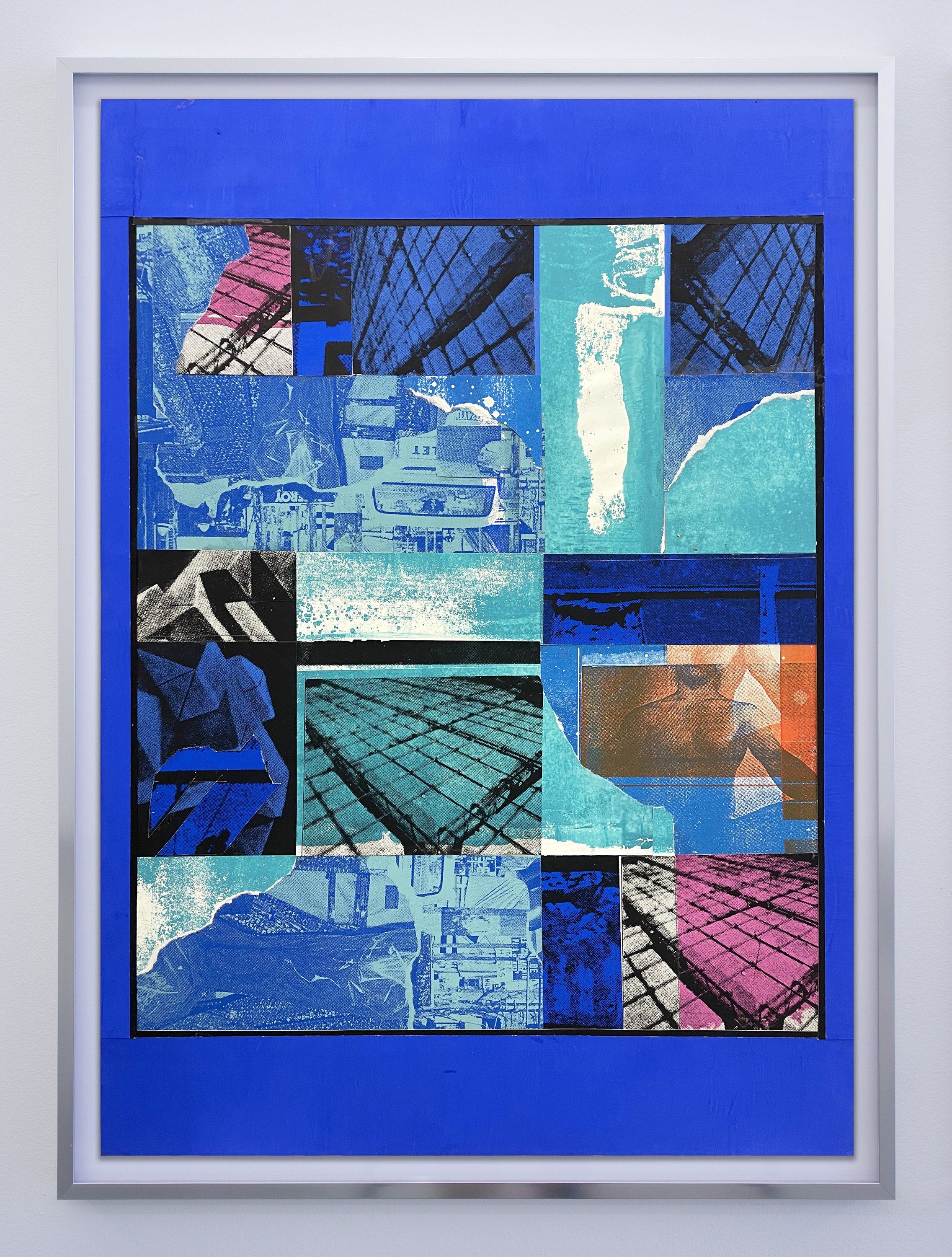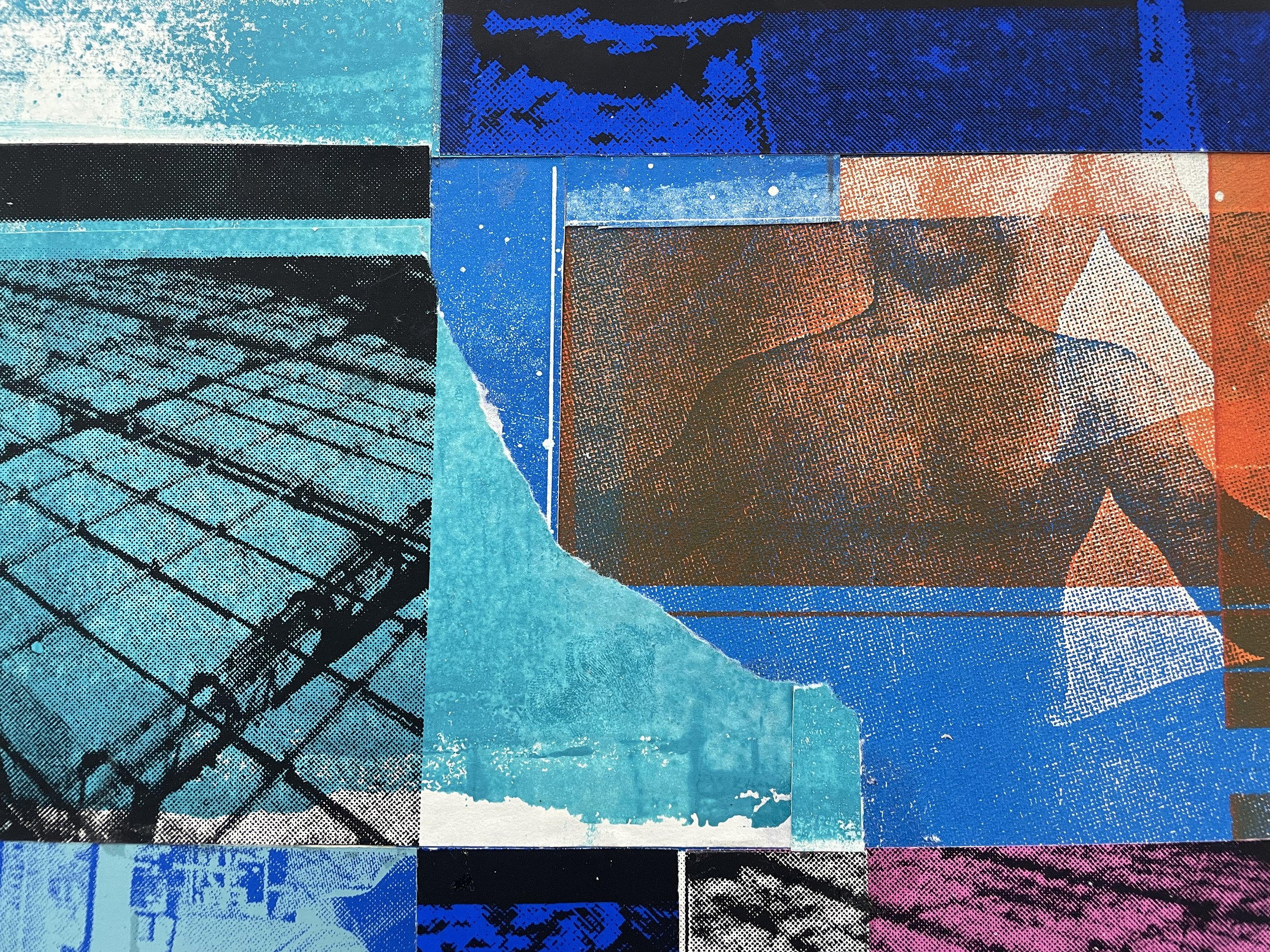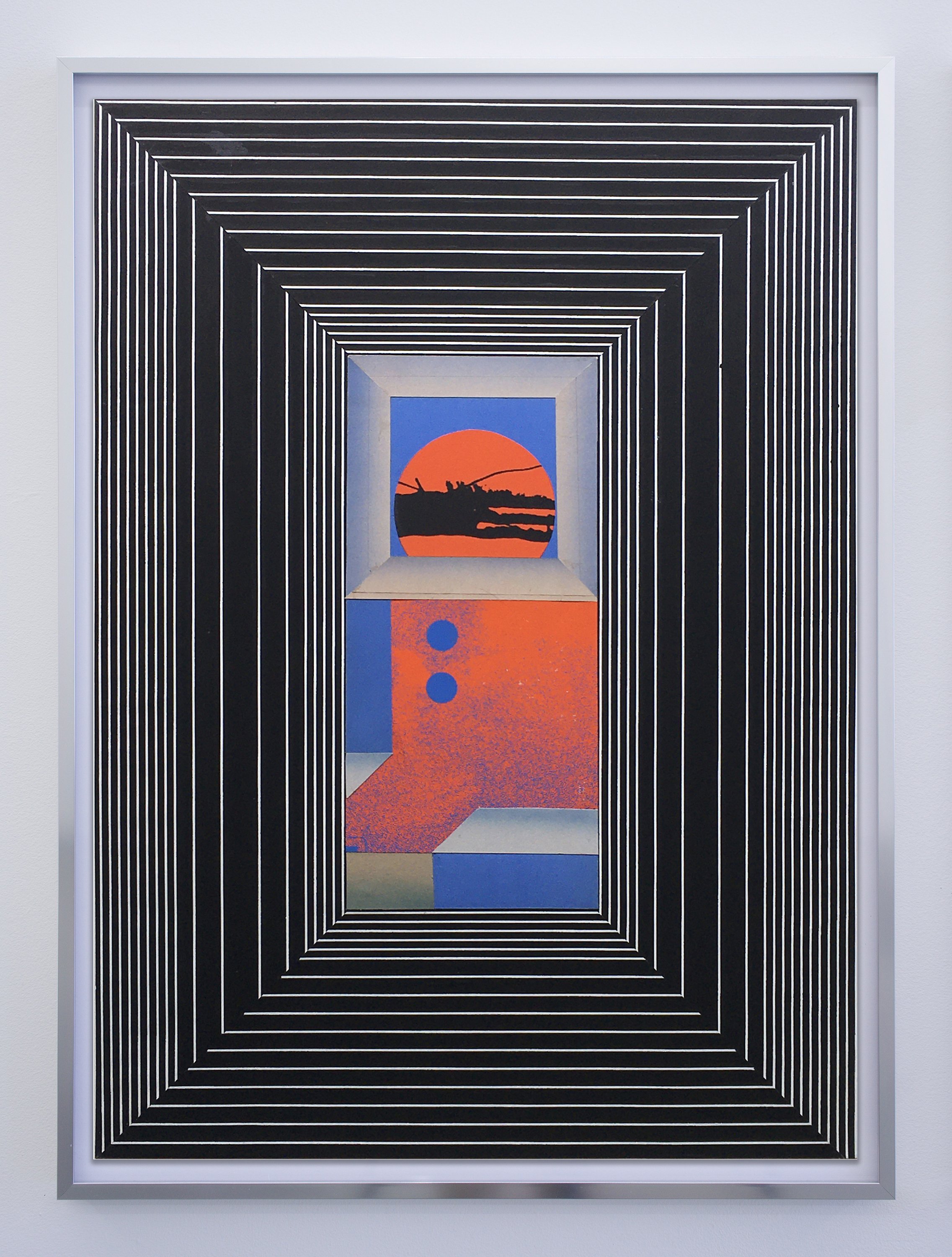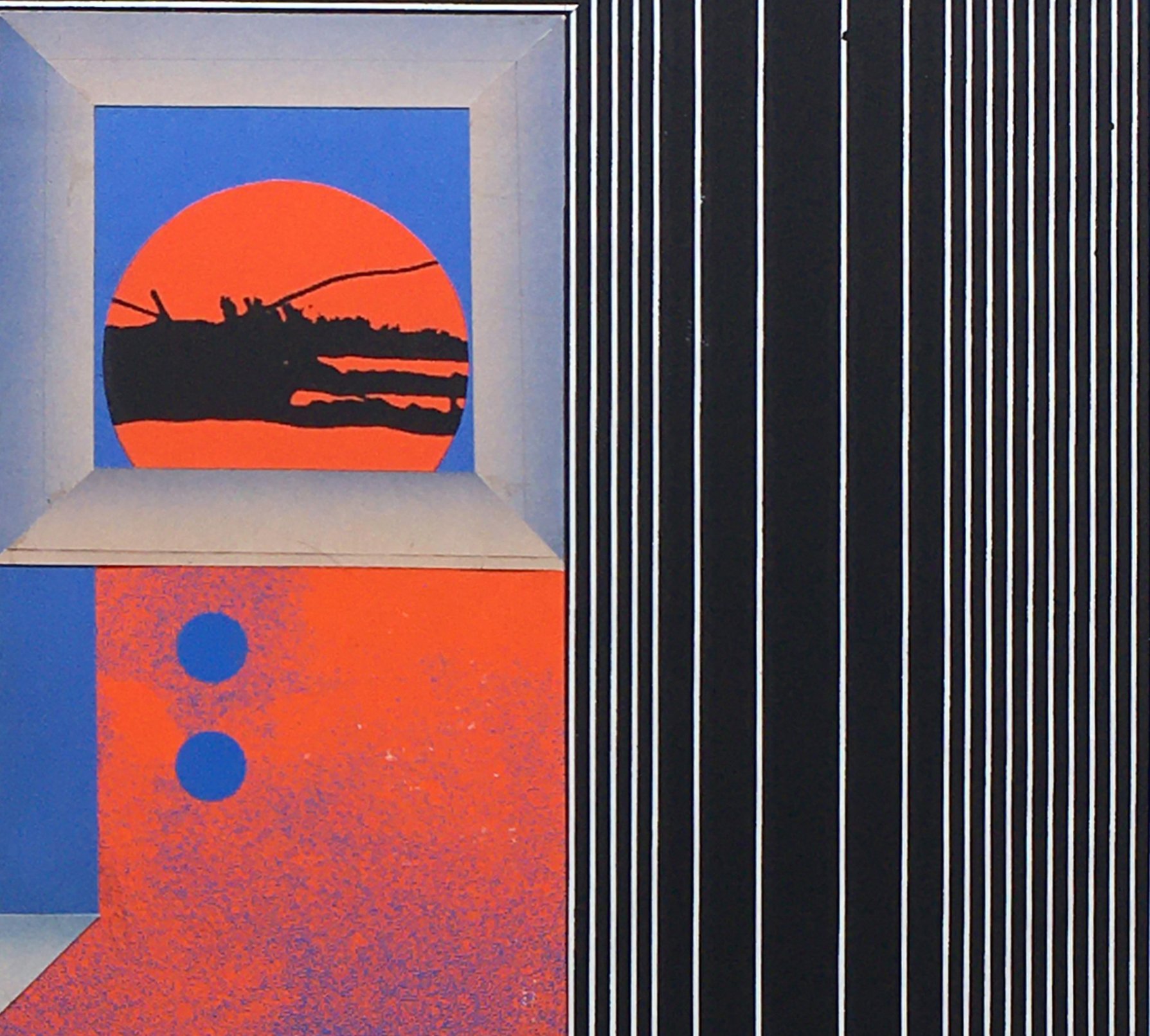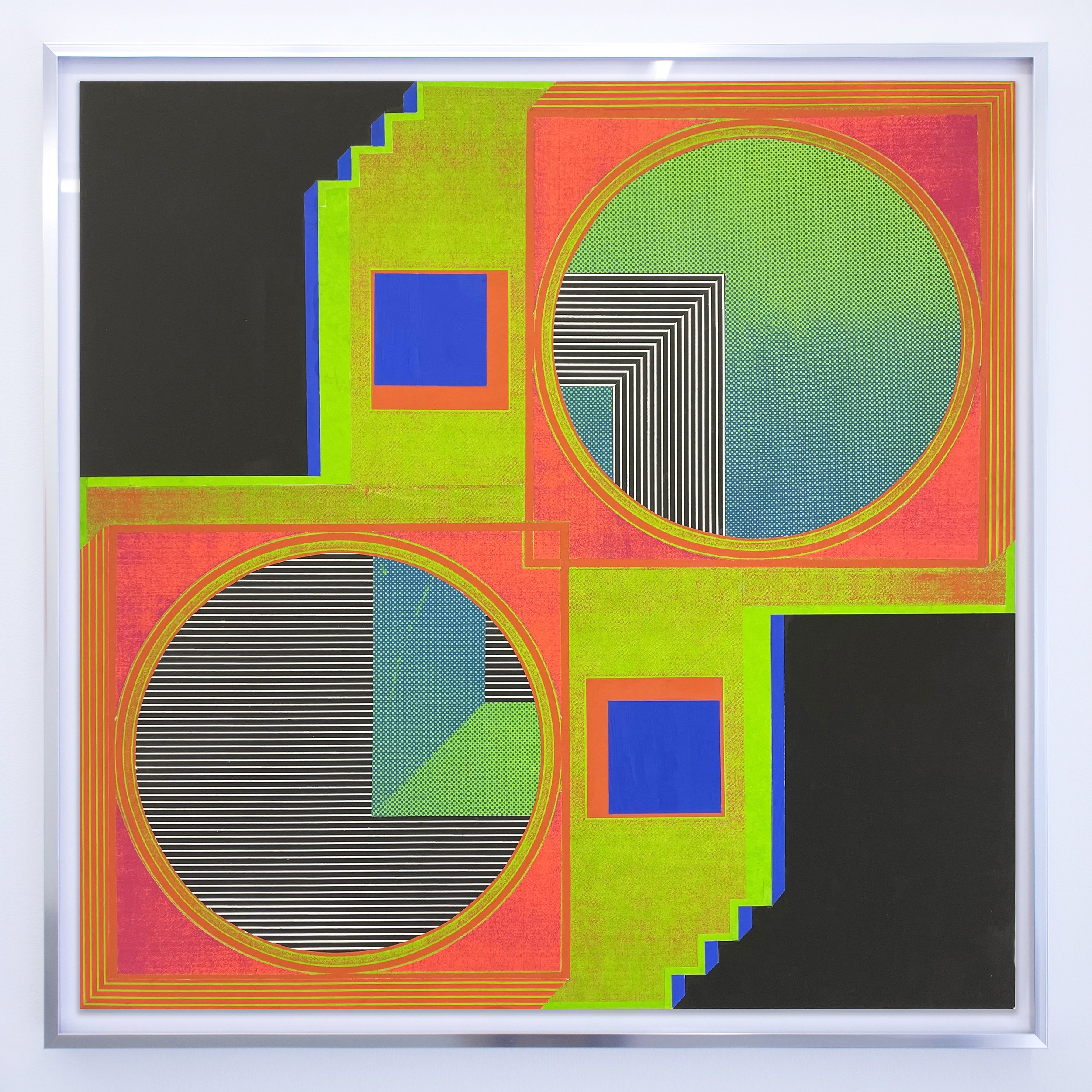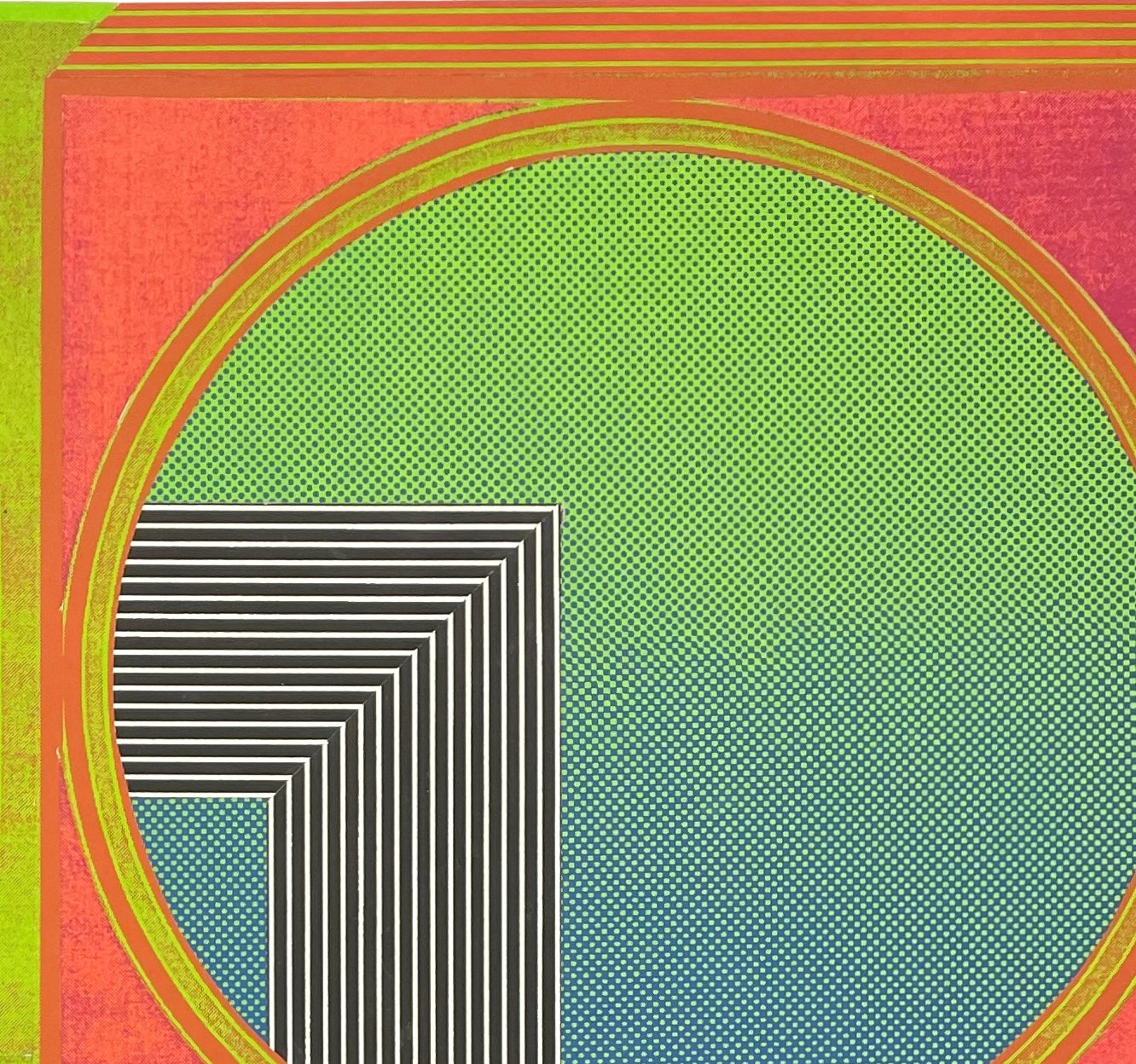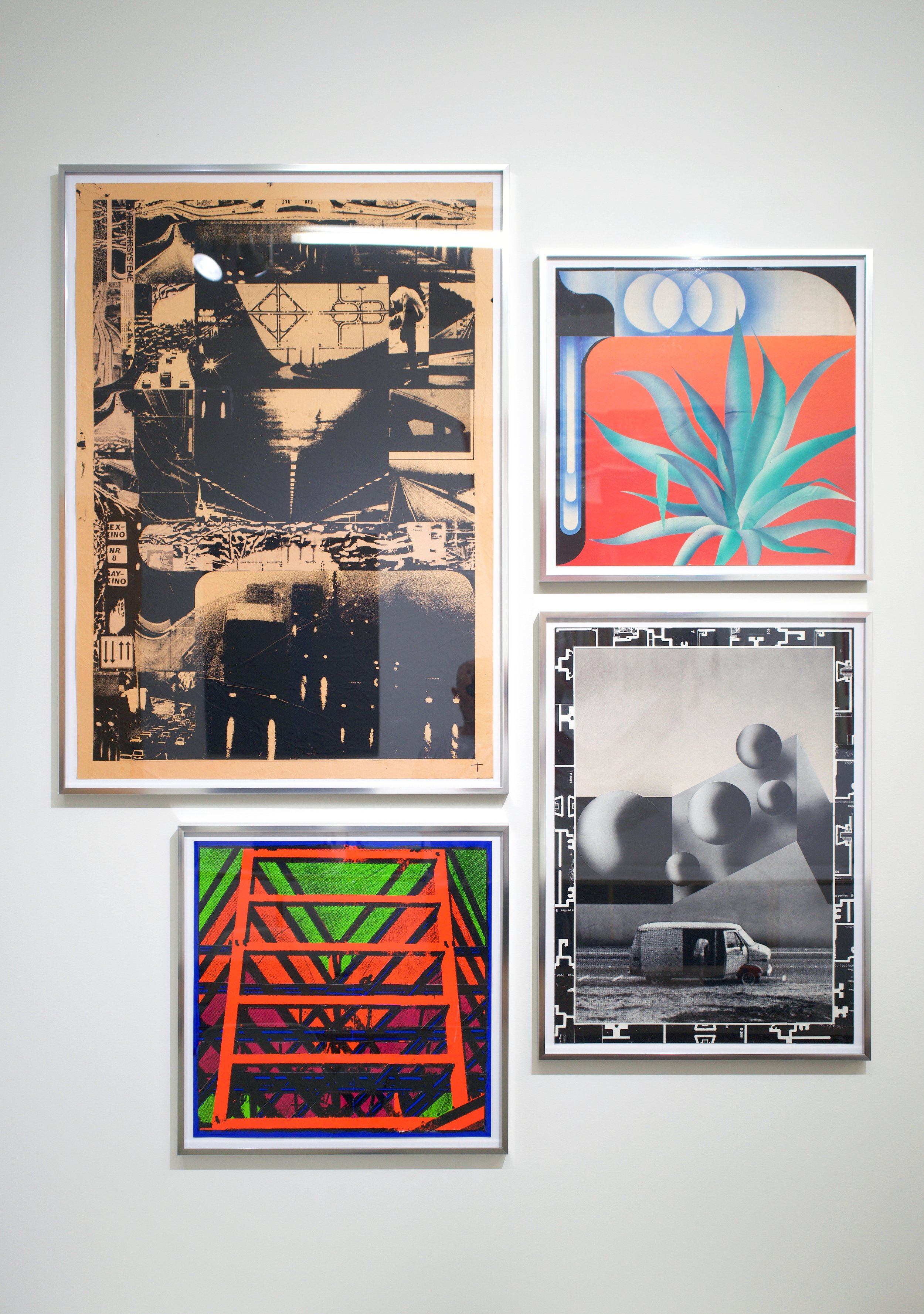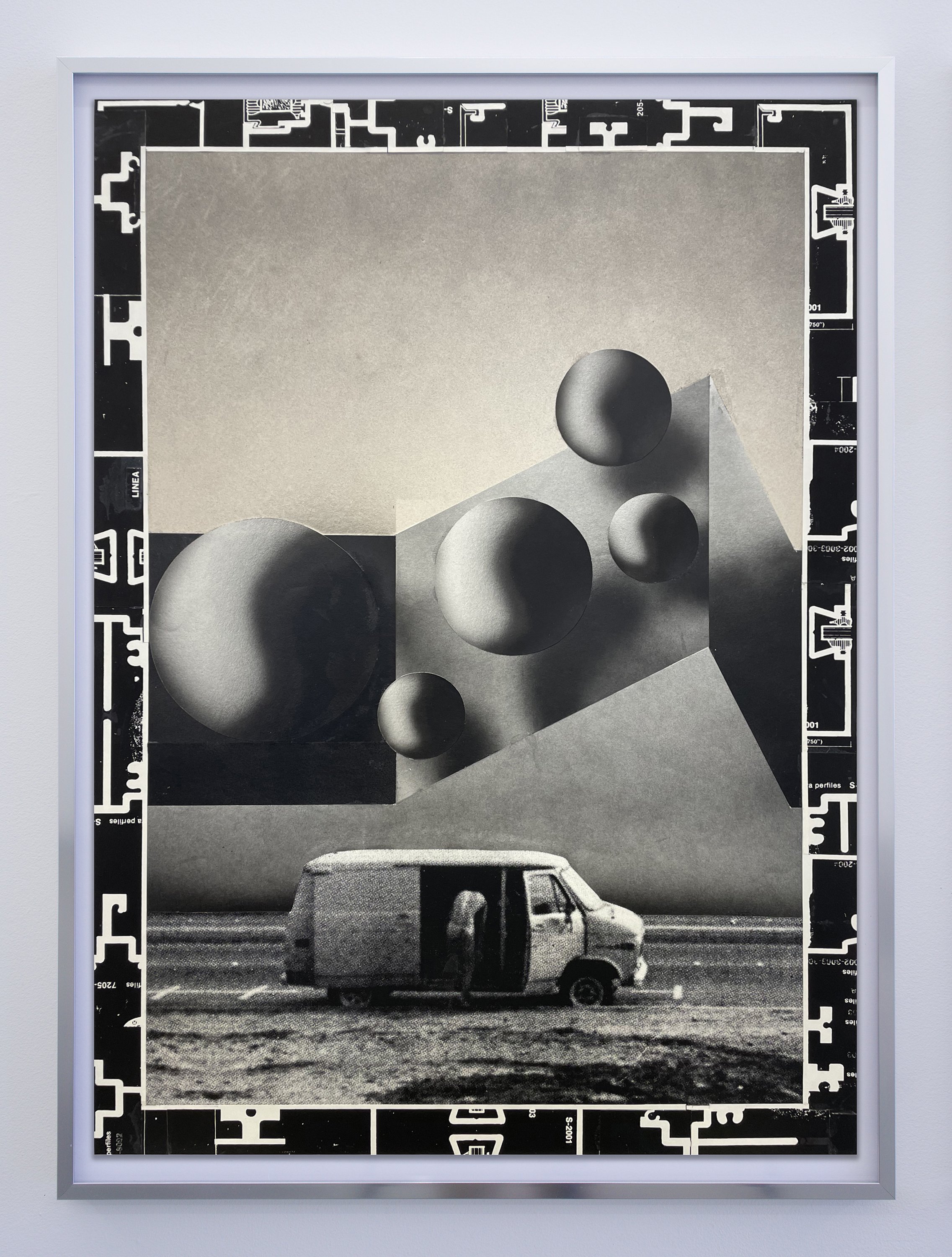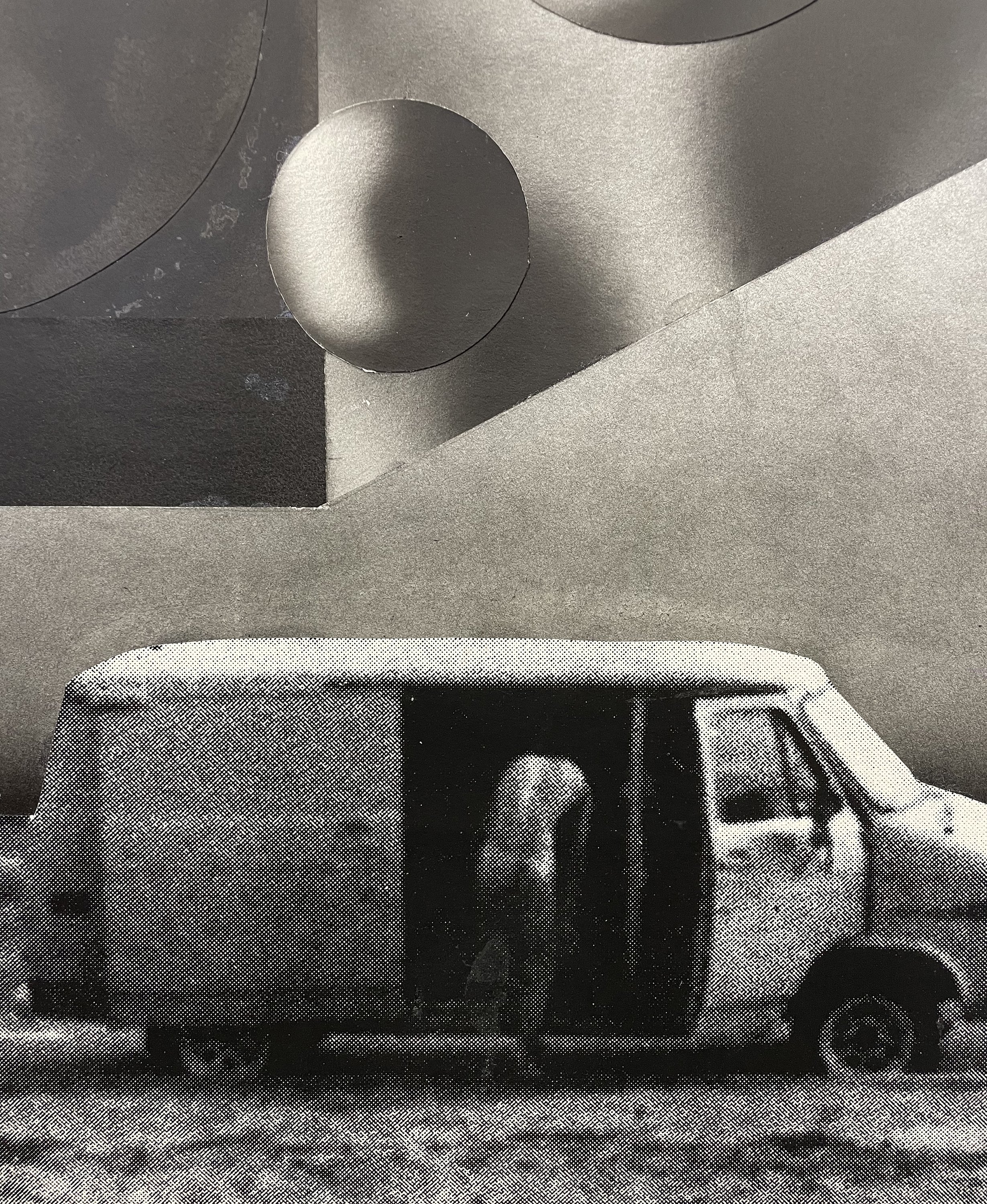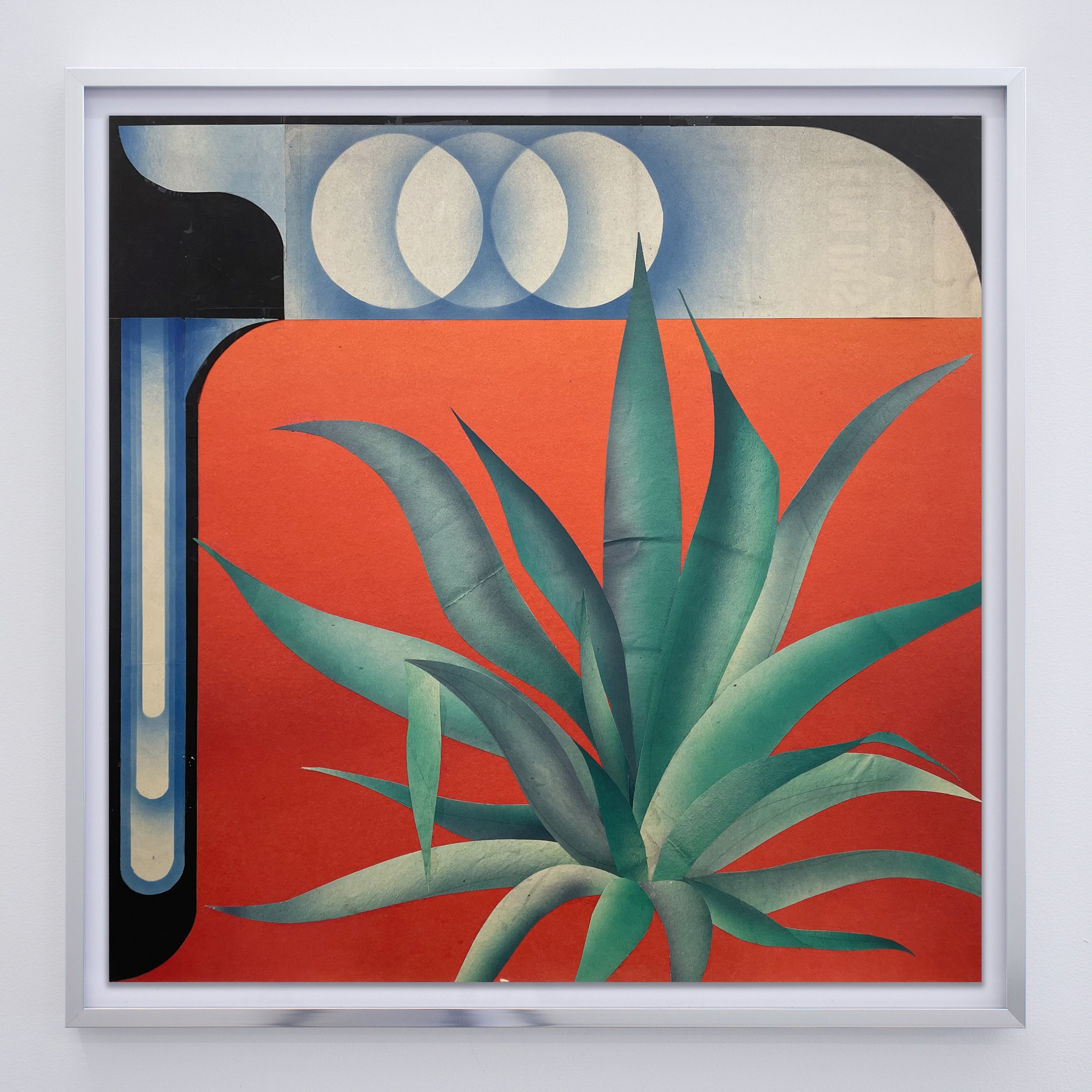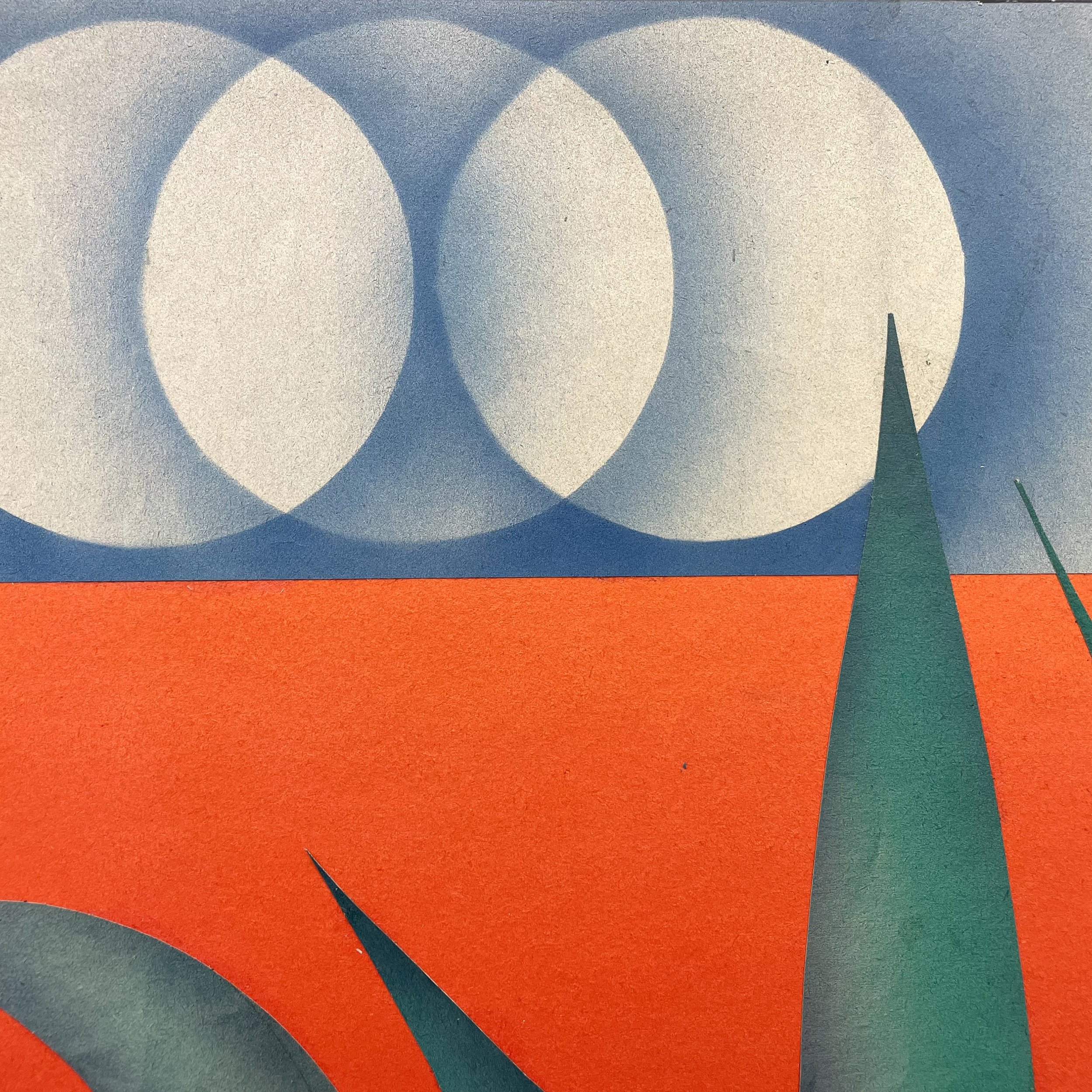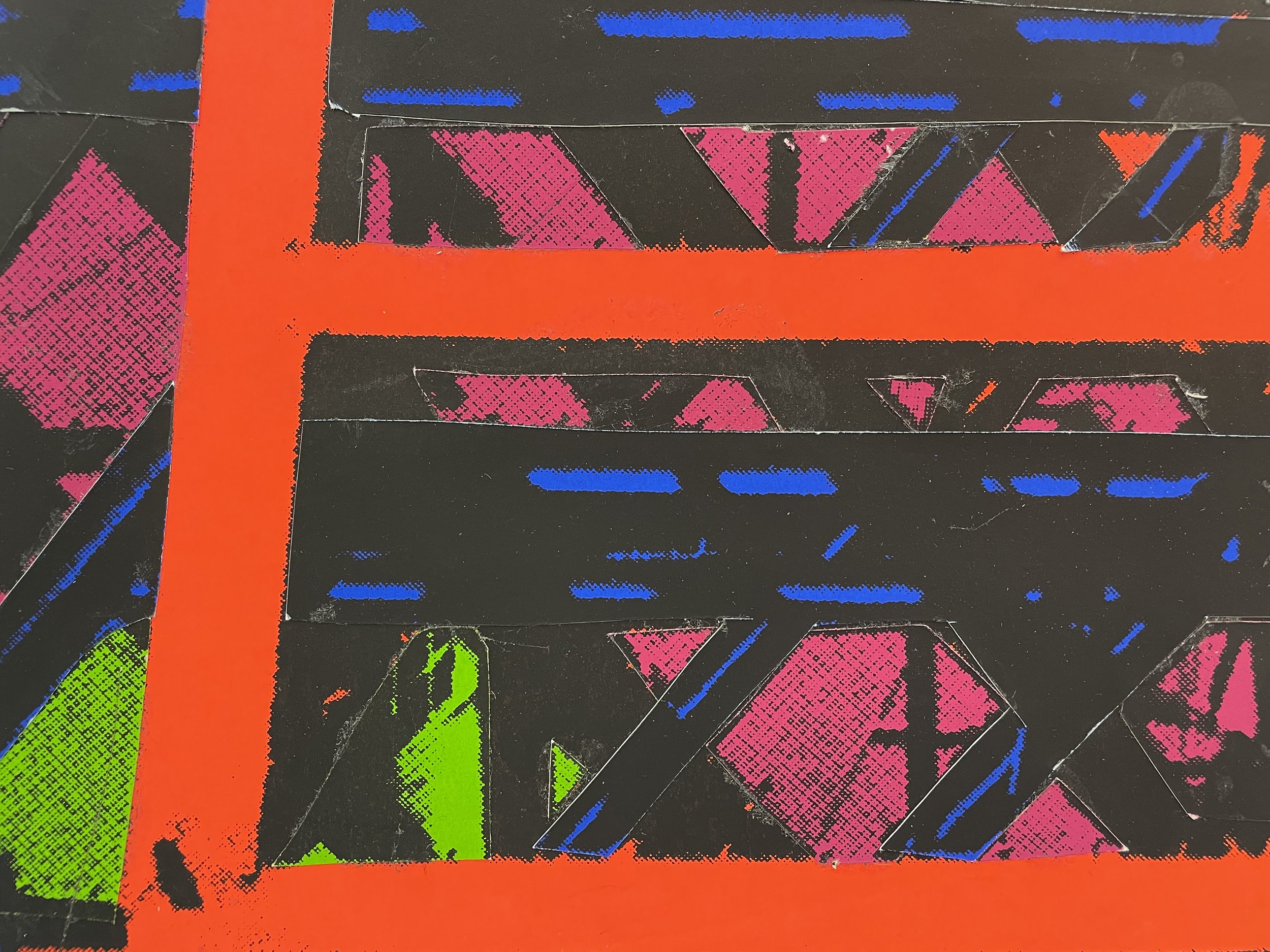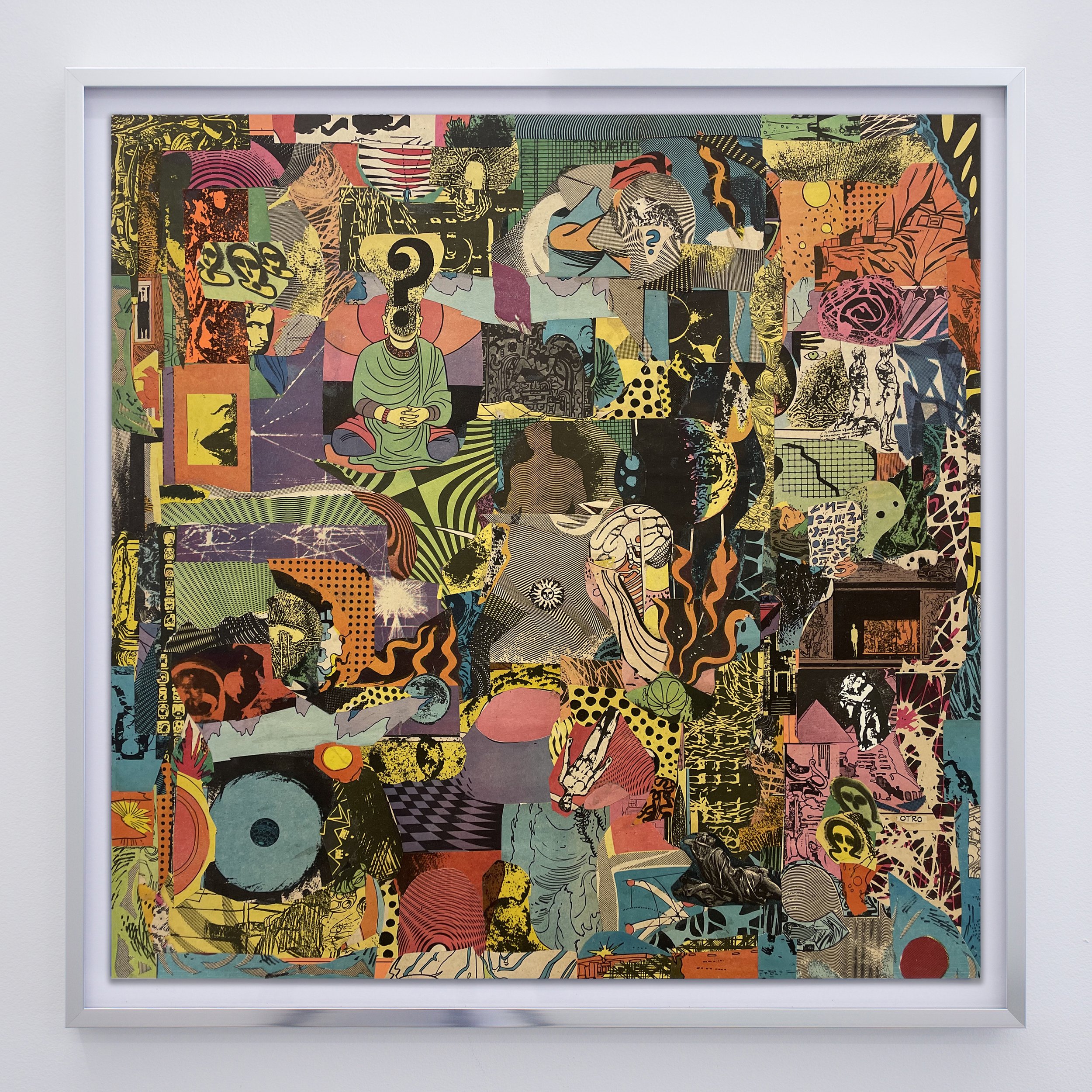GWENAËL RATTKE
STADTAUTOBAHNMEDITATIONEN
EXHIBITION DATES:
JUNE 18 - JULY 23, 2022
ARTIST TALK:
TUESDAY, JUNE 21ST
7:00 - 9:00PM
Romer Young Gallery is pleased to present Stadtautobahnmeditationen, an exhibition of new works by Berlin artist Gwenaël Rattke. This is the artist’s sixth solo exhibition with the gallery. The exhibition will be on view from June 18th through July 23rd.
Rattke has always been fascinated by urban freeways. Growing up, he remembers the périphérique in Paris or the autobahn circling Frankfurt: tunnels, off-ramps, cars, concrete, silhouetted drivers, illuminated signs and billboards, toll booths, sound walls, interchanges, traffic. Grand, ugly entrances into a metropolis.
During the pandemic, the artist rode the Berlin Stadtautobahn frequently, sometimes just for the sake of it, as an escape. It represented a place and a moment in limbo, the constant traffic flow almost instantly opening a different state of mind for him. There, he felt the freedom to be alone, in one of many cars, together forming one entity.
Some of the works in the exhibition are directly inspired by Rattke’s experience of various city freeways, others are the product of free-associative thinking that may have emerged while driving on them.
In a chapter entitled Private Lives and Zen Freeway in his 1981 book “L.A. Freeway” 1, David Brodsly writes that driving can represent “an island of peace, a period in which to fantasize, a time when one can be uninhibited.” He goes on to quote John Lilly: “you have to be in an expanded state of awareness in regards to the external world or you’ll have a head-on collision. At the same time, you can deal with the problems within your own head.” 2 Julia Cameron, in her self-help book “The Artist’s Way”, elaborates on this idea: “creative solutions may emerge on the freeway just as we are executing a tricky merge.” 3
The urban freeway can be a physical demarcation between the inner city and its outskirts or a scar running through entire neighborhoods in the name of automotive hegemony. Sometimes, they can be the materialization of class division, such as in Paris for instance, where the périphérique represents a physical and mental border between the city proper and some of its less wealthy banlieues.
In Mexico City there are several monumental sculpture projects along highways and ring roads circumventing the city, some of them initiated in the 1950s and 60’s by German-Mexican architect and artist Mathias Göritz. These resounded profoundly with Rattke. The Torres de Satélite, vividly painted concrete towers on the periphery of Mexico City - a collaboration between Göritz and Luis Barragán – have cathedral-like proportions and are located on a small “island” in the middle of a very busy freeway. Similarly, La Ruta de la Amistad, a 17km long sculpture corridor presenting 19 monumental concrete sculptures by international artists and built during the 1968 Olympics on the city’s southern ring road, were also designed to be experienced from a moving vehicle.
In both cases, Rattke visited these modernist landmarks on foot, sometimes in an environment hostile to pedestrians. Not being motorized, the difficulties and obstacles of access turned the experience of seeing these sculptures into a sort of pilgrimage. Once upon them, the beauty of the sites invited calm and contemplativeness, even though heavy traffic kept rushing by.
“On the freeway, one can go from detached involvement to focused attentiveness to being spaced out. Perhaps within these moments lies the potential for a different state of consciousness. Like in meditation practice, while the physical or psychological obstacles are impossible to completely eliminate, the freeway asks us to be attentive and to keep going, without holding on…”
For additional information, please contact the gallery at 415.550.7483 or email info@romeryounggallery.com.
1 L.A. Freeway – An Appreciative Essay, David Brodsly, University of California Press, Berkeley / Los Angeles, 1981
2 John Lilly quoted in Freeway Mystique: More Than Getting There by Eleanor Hoover, Los Angeles Times, May 11, 1975
3 Julia Cameron: The Artist’s Way, Publisher: Jeremy P. Tarcher / Perigee, 1992
EXHIBITION IMAGES:

